 Abraham Lincoln
If given the truth, the people can be depended upon to meet any national crisis...
Abraham Lincoln
If given the truth, the people can be depended upon to meet any national crisis...
 Guildford news...
for Guildford people, brought to you by Guildford reporters - Guildford's own news service
Guildford news...
for Guildford people, brought to you by Guildford reporters - Guildford's own news service
Birdwatcher’s Diary No.289
Published on: 10 Oct, 2023
Updated on: 10 Oct, 2023
By Malcolm Fincham
Autumn had arrived on our doorsteps throughout southern regions of the UK by last weeks of September.
Hurricane season had already begun along the eastern coast of North America and low pressure systems (and a few migrating passerines) were heading across the Atlantic on a strong jet stream in the direction of the UK.
Thus bringing a bumper early crop of rarities to make landfall on the western coastal regions of the British Isles.
Although invites came my way to venture out of my comfort zone to view some of such delightful ‘critters’ that were being found, it all felt a bit manic to me, having experienced my share of ‘twitches’ in the past.
One of my personal favourites being a black and white warbler on the Isles of Scilly in October 2020. These beauties also being among the recent plethora of arrivals.
These days, as well as visits to my local ‘patches’ around the west side of Surrey, I was more content with the opportunity of several visits to Farlington Marshes that came my way on some of the more settled and dry occasions during the latter days of the month.
Farlington Marshes, near Portsmouth, is just a short trip down the A3 and the nearest coastal reserve for me. It allows the opportunity to view some of the birds not often seen in Surrey, some returning from their breeding grounds in the sub Arctic. It was also an opportunity to add a few more observations to this year’s sightings list.
These included a spoonbill in flight over Langstone Harbour on my arrival, my first visit being on September 15. These birds are now a UK breeding species.
On later visits I also added yellow wagtails feeding among the cattle as they began their migration back to Africa.
Also adding several curlew sandpipers.
And a rather confiding ruff, to add to my year’s listings.
A few pintail ducks had already made a return to winter there.
And a few wigeon could now also be viewed.
While one of a small group of brent geese that had been recently been reported having returned from their summer breeding grounds in Siberia could also be seen.
A group in excess of 30 black-tailed godwits could also be seen on the main lake.
And a small group of avocets were also present.
Along with various other waders out on the main lake.
These including, grey plovers and among them a few knot could likewise be viewed.
Also present were several lapwings.
As well as a large group of oystercatchers.
Common redshanks.
A few common snipe had begun to return to winter there.
And a common sandpiper that had stopped off to visit.
A few shelduck could be seen in flight.
Among the best of my sightings was to see a group of half a dozen or more bearded tits feeding in the phragmites reed beds at the front of the main lake. A sight I had rarely seen there on my visits over the previous year or more.
While swallows hawked insects over the reedbeds.
Along the seawall a wheatear could be viewed, while on another visit one could be seen in the field.
Ringed plovers dabbled their small bills on the mudflats of a receded tide.
Also probing the mudflats with their longer bills were some curlews.
And several little egrets were dotted about out on Langstone Harbour, as well as around the inland reserve.
Looking out from the eastern seawall across the harbour to North Binness Island, an osprey could be viewed.
Across the inland marshes a resident hovering kestrel could regularly be viewed hunting over the fields.
While a common buzzard was also a regular sight.
The resident barnacle goose was still present and hanging about, as usual, with his mate, a white feral domestic goose.
And as many as seven cattle egrets were recent arrivals there and could be seen feeding among the cattle.
On one of the recent visits several whinchats had stopped off on their migration to Africa.
In the warm sunshine on the days I visited, the now growing number of the various wading birds was rapidly becoming quite scintillating to view and starting to give feel that autumn was in the air.
However, also present were a flock of 20 or more goldfinches.
And a small flock of linnets feeding around the area known as the ‘deeps’.
Starlings were now growing in their number there.
While meadow pipits were returning there to winter.
A visit to Oare Marshes, near Faversham, in Kent on September 18 in the company of Bob, Dougal and Steve, allowed me some slightly better views of spoonbills than my previous sighting of the one at Langstone Harbour.
And although not adding anything to my year’s sightings, I managed a few nice additions to my photographs, including a wheatear along the banks of the River Swale.
A white-fronted goose was also present.
As well as getting an in-flight shot of a little egret.
Elsewhere, and more closer to home, at Tice’s Meadow I got to see my first Surrey sighting of the year of a great white egret that had been occasionally visiting in recent weeks.
While close to the waterside hide an adult great crested grebe could be viewed with a juvenile.
At Whitmoor Common, Worplesdon during the latter weeks of the month, on several occasions a pair of ravens could be viewed flying over.
While a hobby mentioned in my previous report made another appearance.
The resident kestrel continued to be observed.
And during several of my visits, a stream of 40 or more house martins could be counted, hawking just over the tree line and heathland in small groups as they passed through.
A few meadow pipits had returned to winter on the heathland.
While several resident pairs of stonechats continued to be viewed.
And Dartford warblers continued to be noted.
I also had close encounter with stag roe deer that could be seen foraging in a woodland glade close to the car park.
During the last week of the month, a blackbird could be seen already starting to pick off a few of the rowan berries from one of the heavily laden trees before having to give the lions share up for the winter thrushes that will soon arrive from Scandinavia to plunder the now ripening fruits
While blue tits were starting to peck at the abundant hawthorn crops.
Several jays could also now be viewed searching through the understory of the woodland, already collecting acorns for their seasonal larder.
With daylight hours rapidity closing, was it time to concede that another winter was on its way?
Responses to Birdwatcher’s Diary No.289
Leave a Comment Cancel replyPlease see our comments policy. All comments are moderated and may take time to appear.

"Found any?" - "Nope, it all looks green to me!" (See Opinion: The Future is Congested, the Future is Grey)
www.abbotshospital.org/news/">





Recent Articles
- Latest Evidence in Sara Sharif Trial
- Ash’s New Road Bridge Is Named – and November 23rd Is Opening Day
- Class A in Underwear Leads to Jail Sentence
- Historical Almshouse Charity Celebrates Guildford in Bloom Victory
- Notice: Shalford Renewable Showcase – November 16
- Firework Fiesta: Guildford Lions Club Announces Extra Attractions
- Come and Meet the Flower Fairies at Watts Gallery
- Updated: Royal Mail Public Counter in Woodbridge Meadows to Close, Says Staff Member
- Letter: New Developments Should Benefit Local People
- Open Letter to Jeremy Hunt, MP: Ash’s Healthcare Concerns


Recent Comments
- Paul Spooner on Ash’s New Road Bridge Is Named – and November 23rd Is Opening Day
- Harry Eve on Opinion: The Future is Congested, the Future is Grey
- Nigel Keane on Letter: New Developments Should Benefit Local People
- Nathan Cassidy on Updated: Royal Mail Public Counter in Woodbridge Meadows to Close, Says Staff Member
- T Saunders on Opinion: The Future is Congested, the Future is Grey
- Jim Allen on Updated: Royal Mail Public Counter in Woodbridge Meadows to Close, Says Staff Member
Search in Site
Media Gallery
Dragon Interview: Local Artist Leaves Her Mark At One of England’s Most Historic Buildings
January 21, 2023 / No Comment / Read MoreDragon Interview: Lib Dem Planning Chair: ‘Current Policy Doesn’t Work for Local People’
January 19, 2023 / No Comment / Read MoreA3 Tunnel in Guildford ‘Necessary’ for New Homes, Says Guildford’s MP
January 10, 2023 / No Comment / Read More‘Madness’ for London Road Scheme to Go Ahead Against ‘Huge Opposition’, Says SCC Leader
January 6, 2023 / No Comment / Read MoreCouncillor’s Son Starts Campaign for More Consultation on North Street Plan
December 30, 2022 / No Comment / Read MoreCounty Council Climbs Down Over London Road Works – Further ‘Engagement’ Period Announced
December 14, 2022 / No Comment / Read MoreDragon Interview: GBC Reaction to the Government’s Expected Decision to Relax Housing Targets
December 7, 2022 / No Comment / Read MoreHow Can Our Town Centre Businesses Recover? Watch the Shop Front Debate
May 18, 2020 / No Comment / Read More



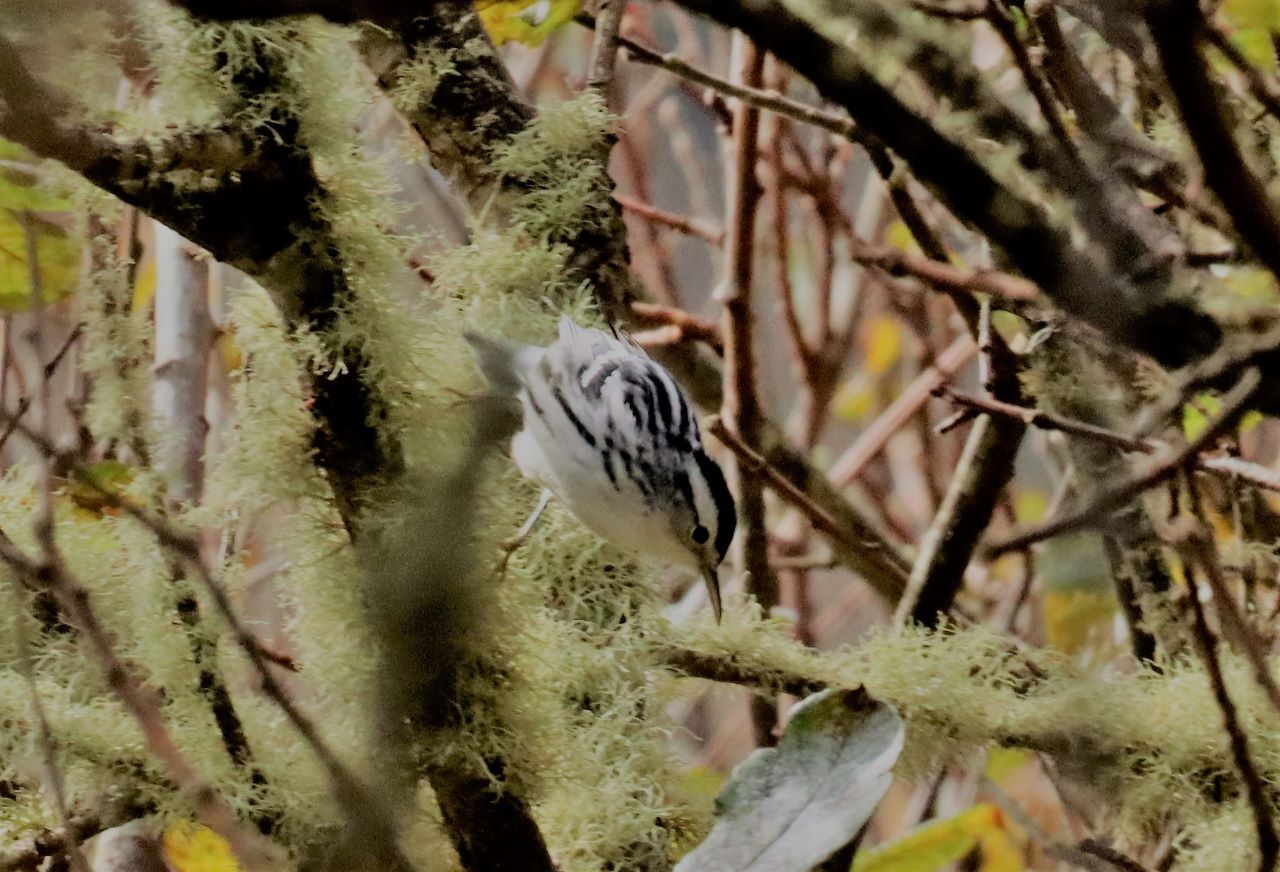
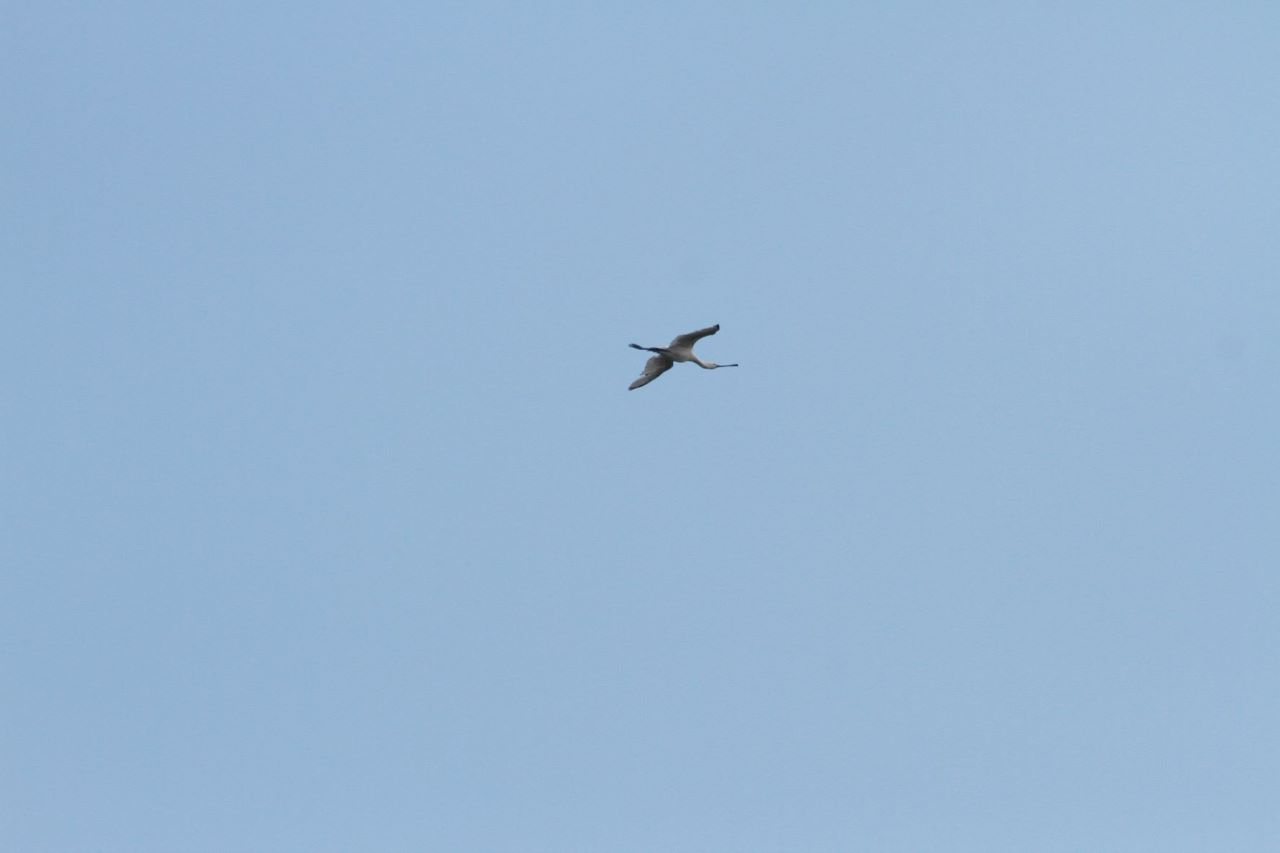
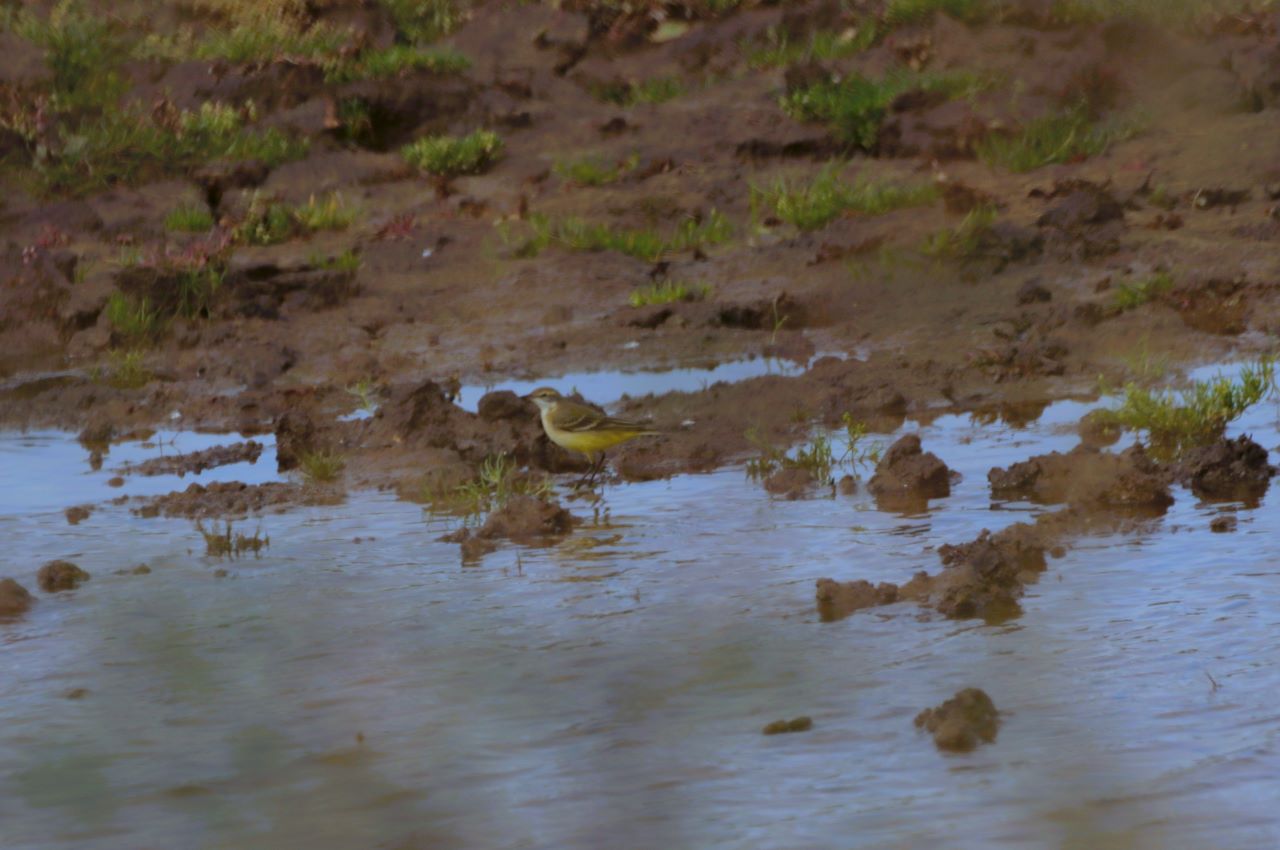
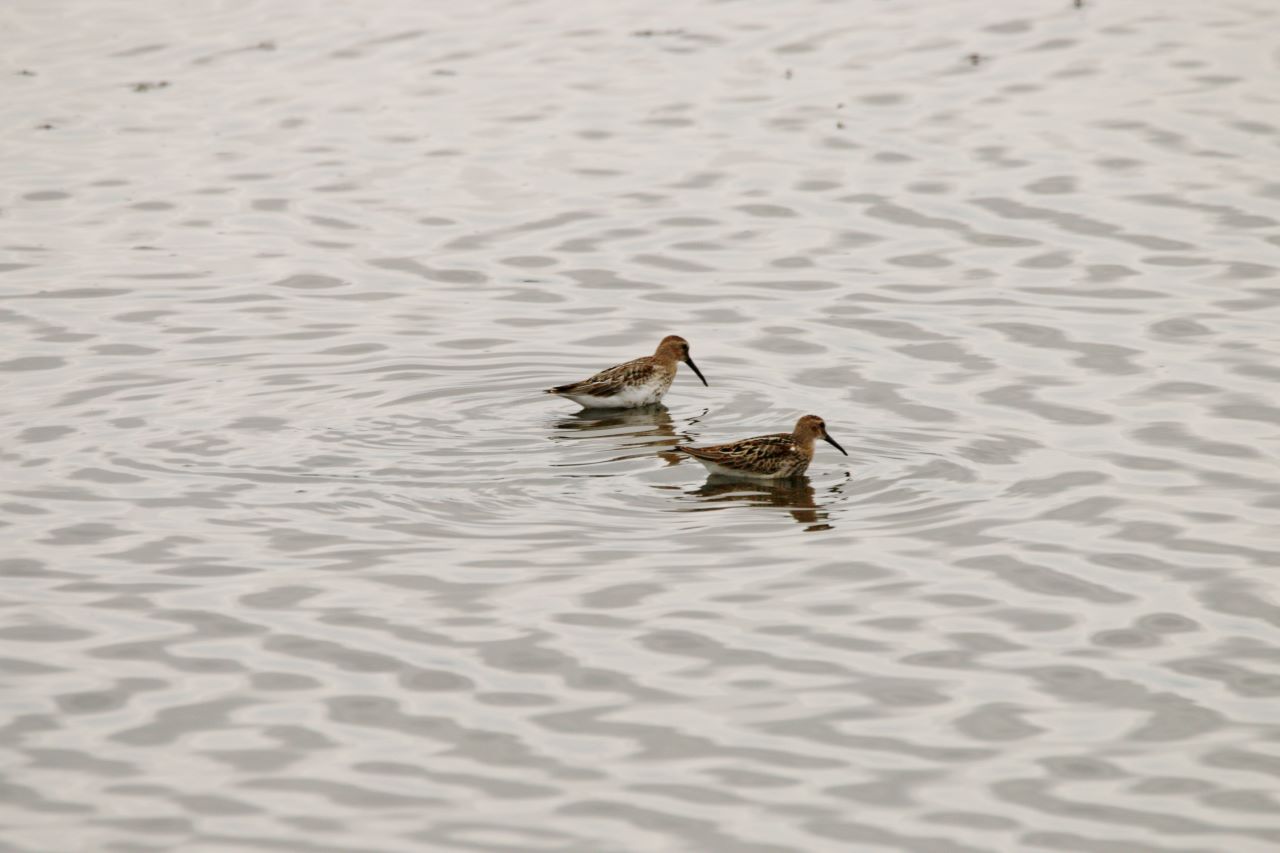
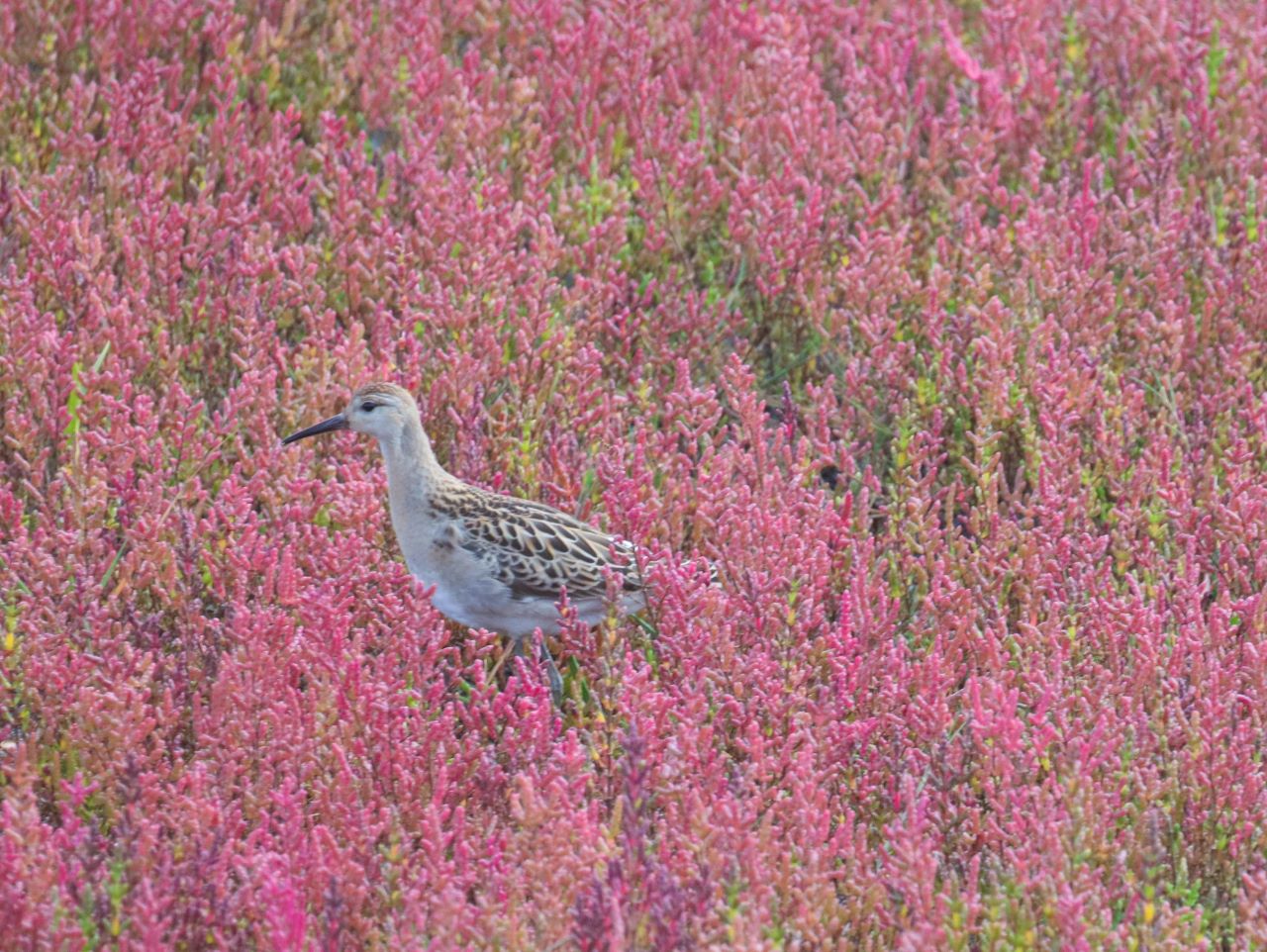
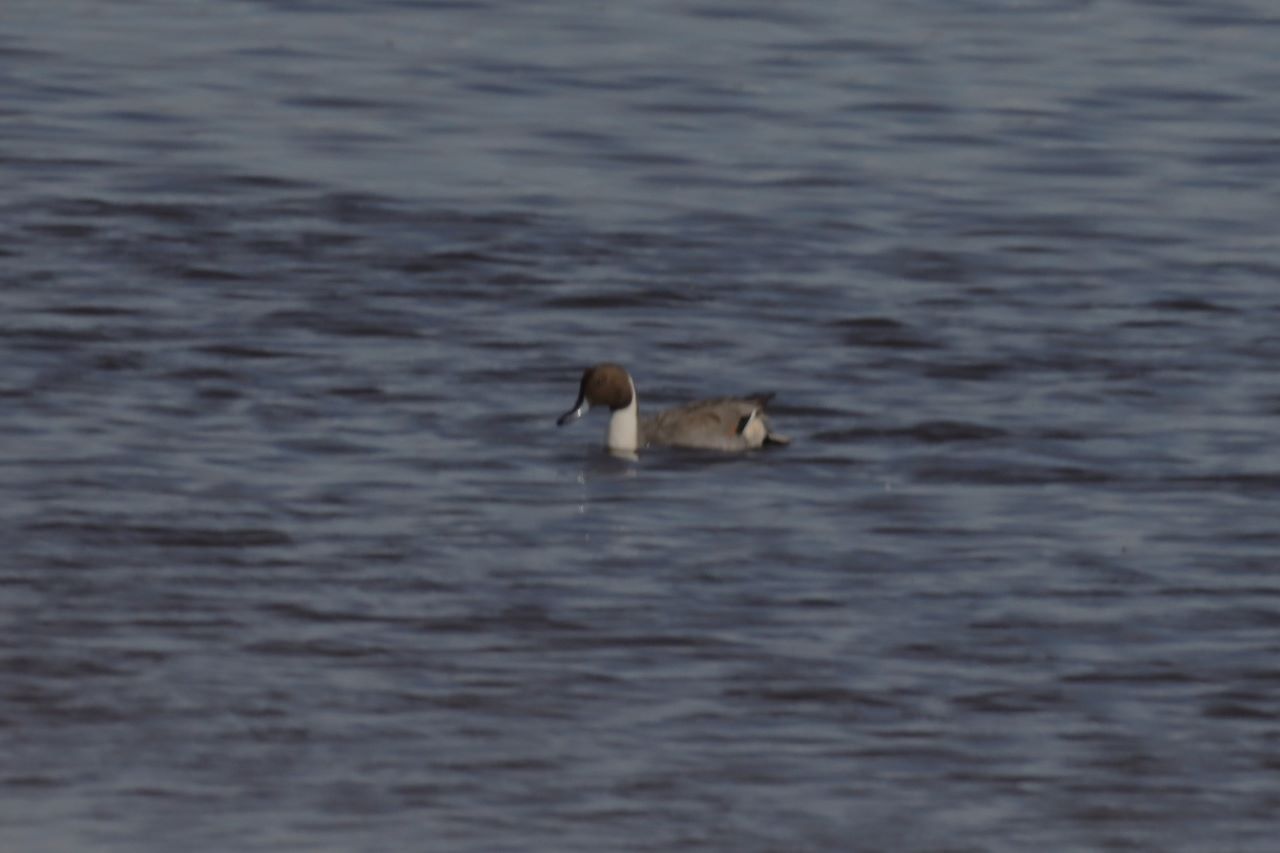
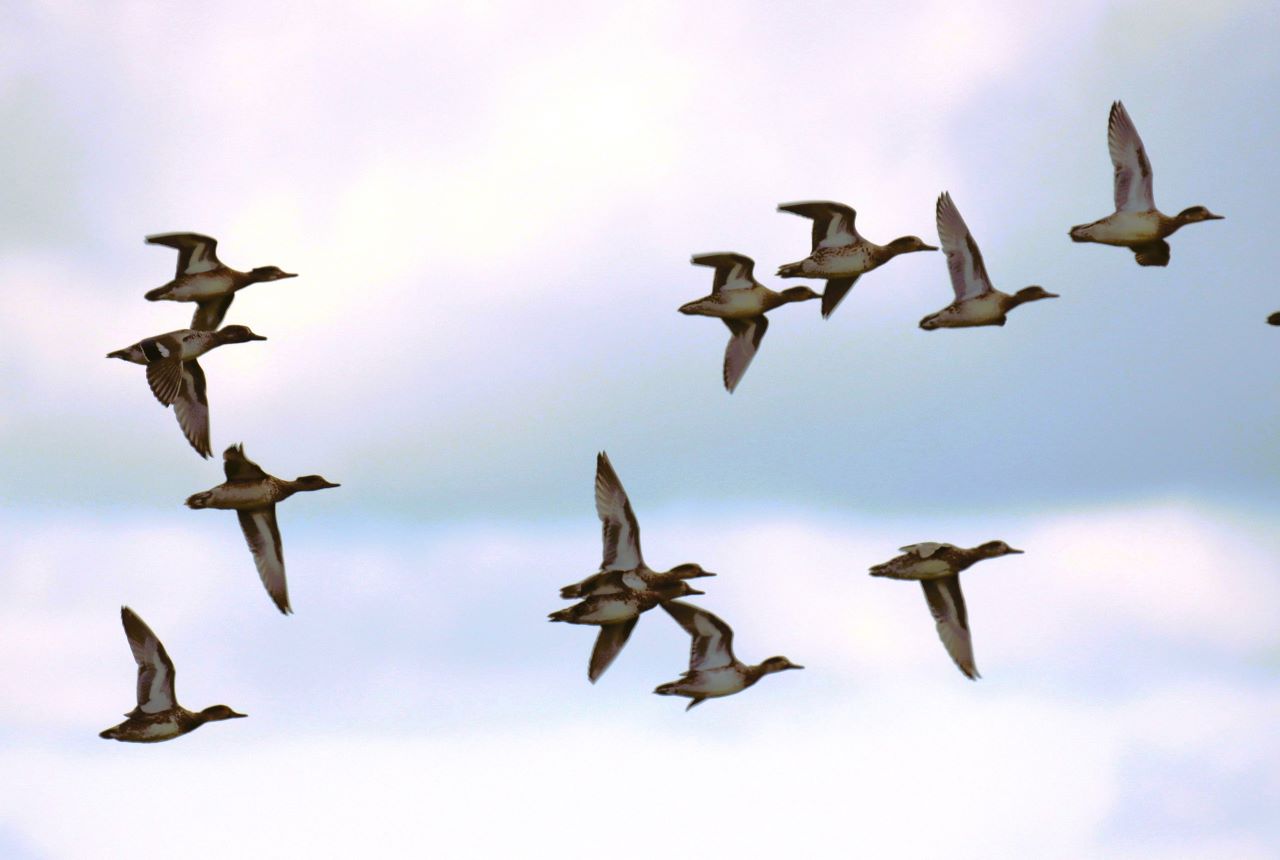
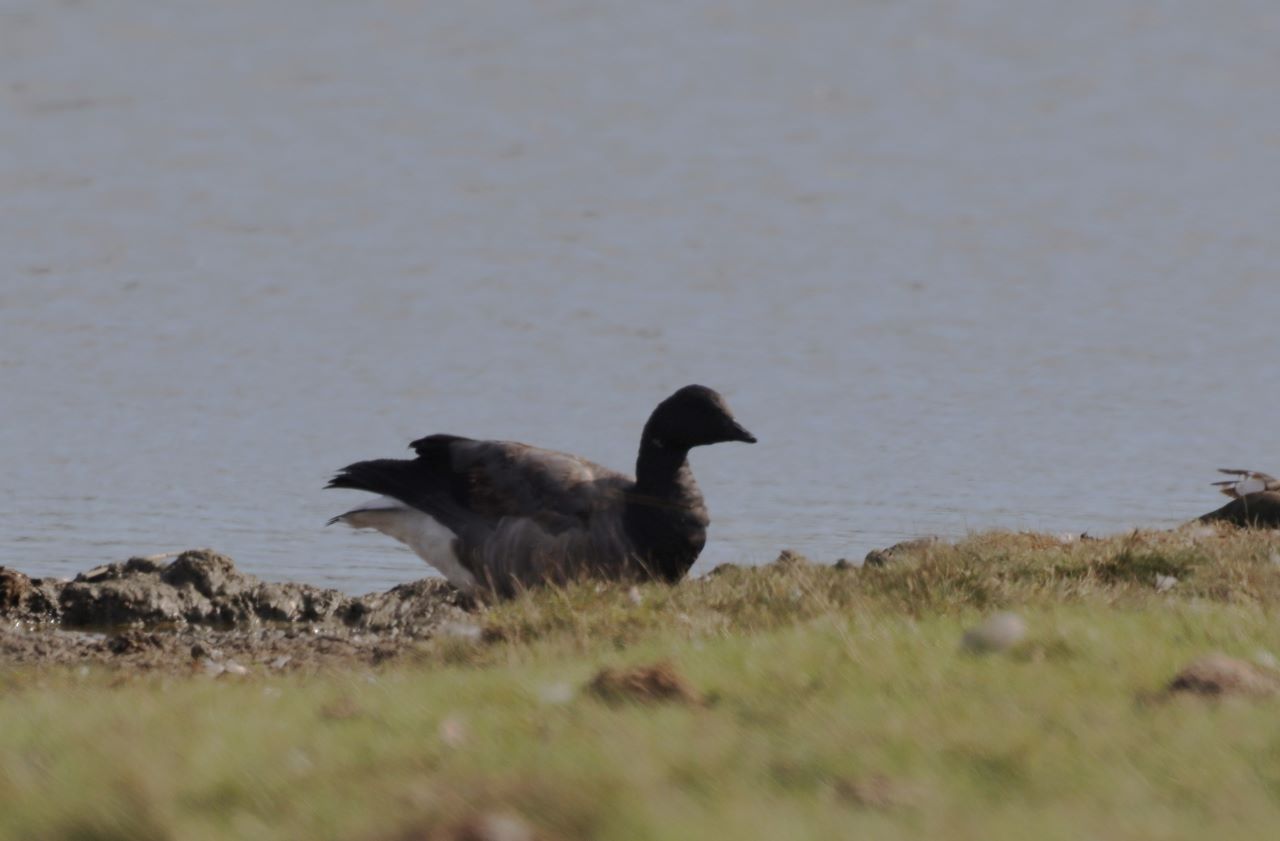
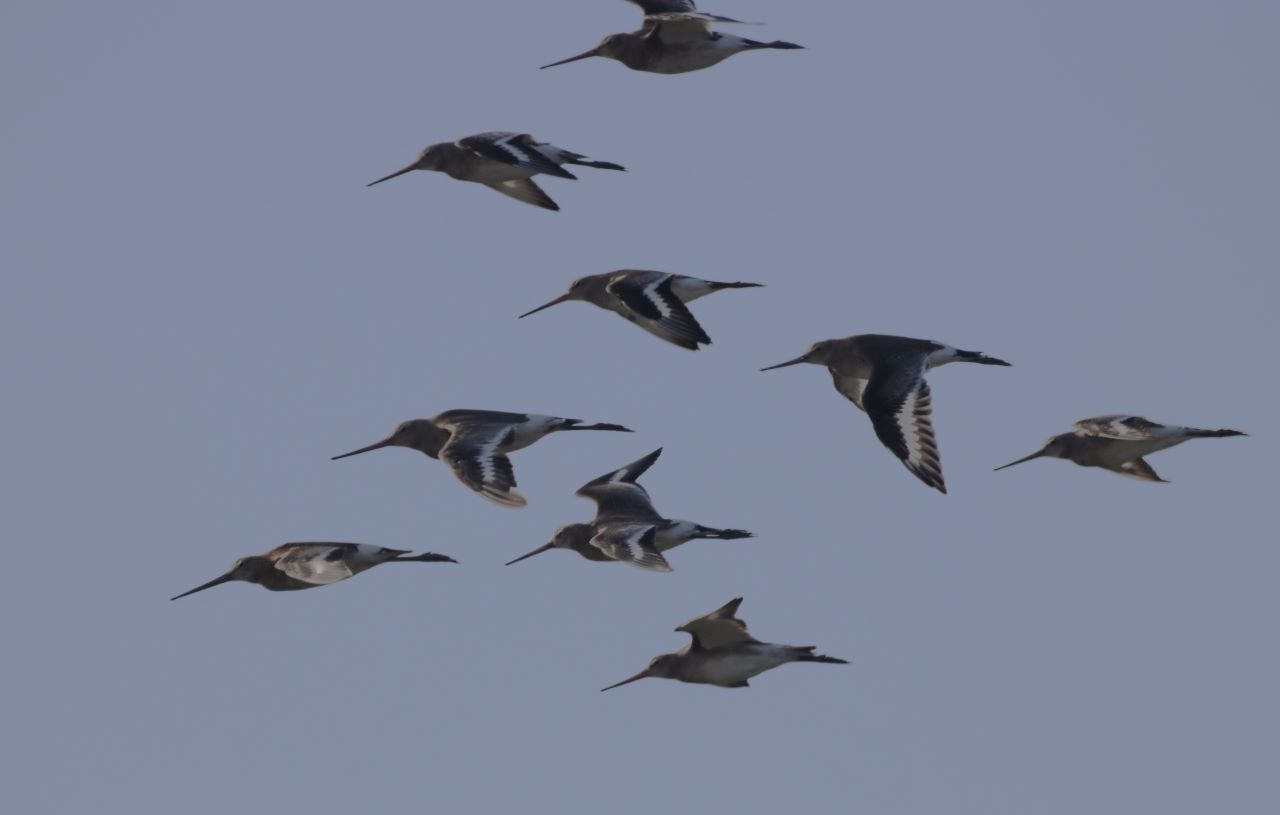
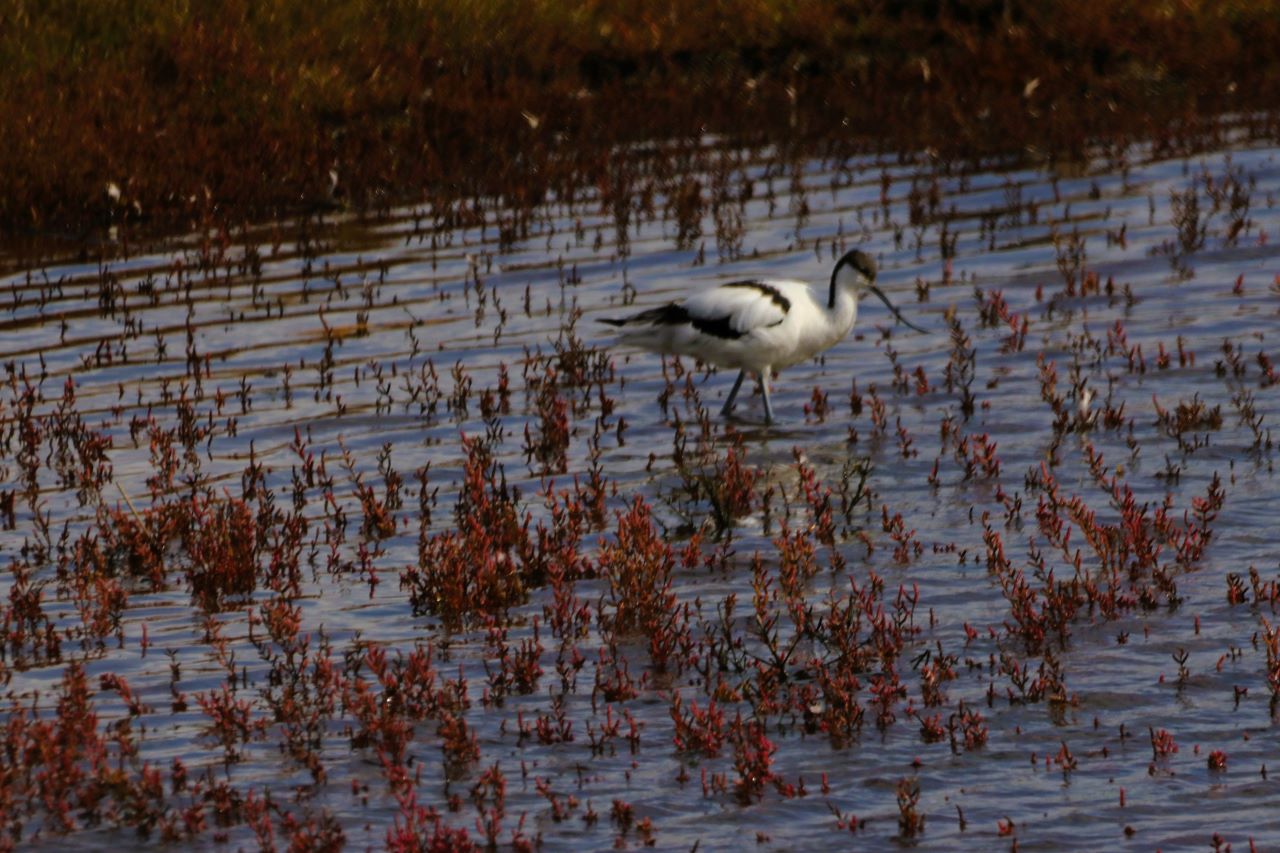
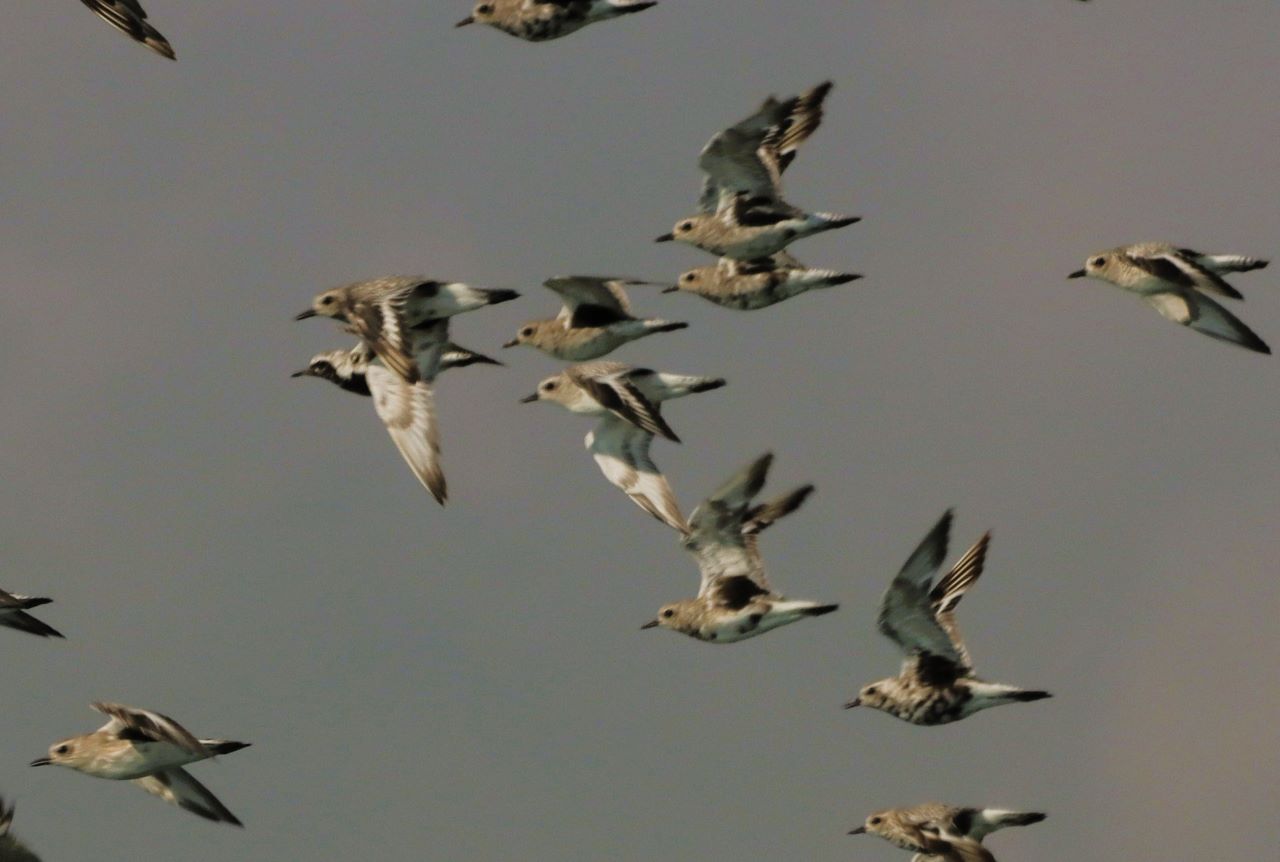
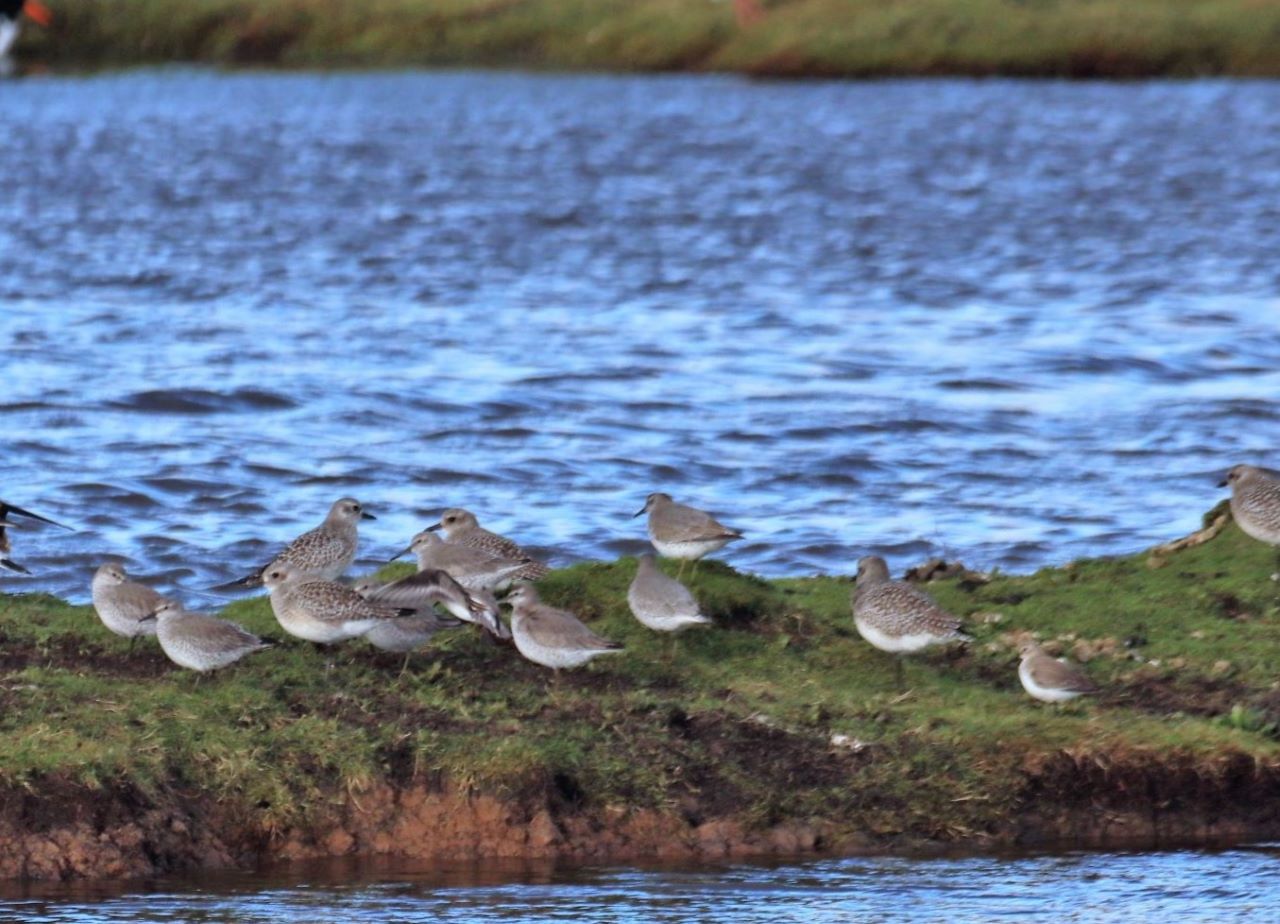
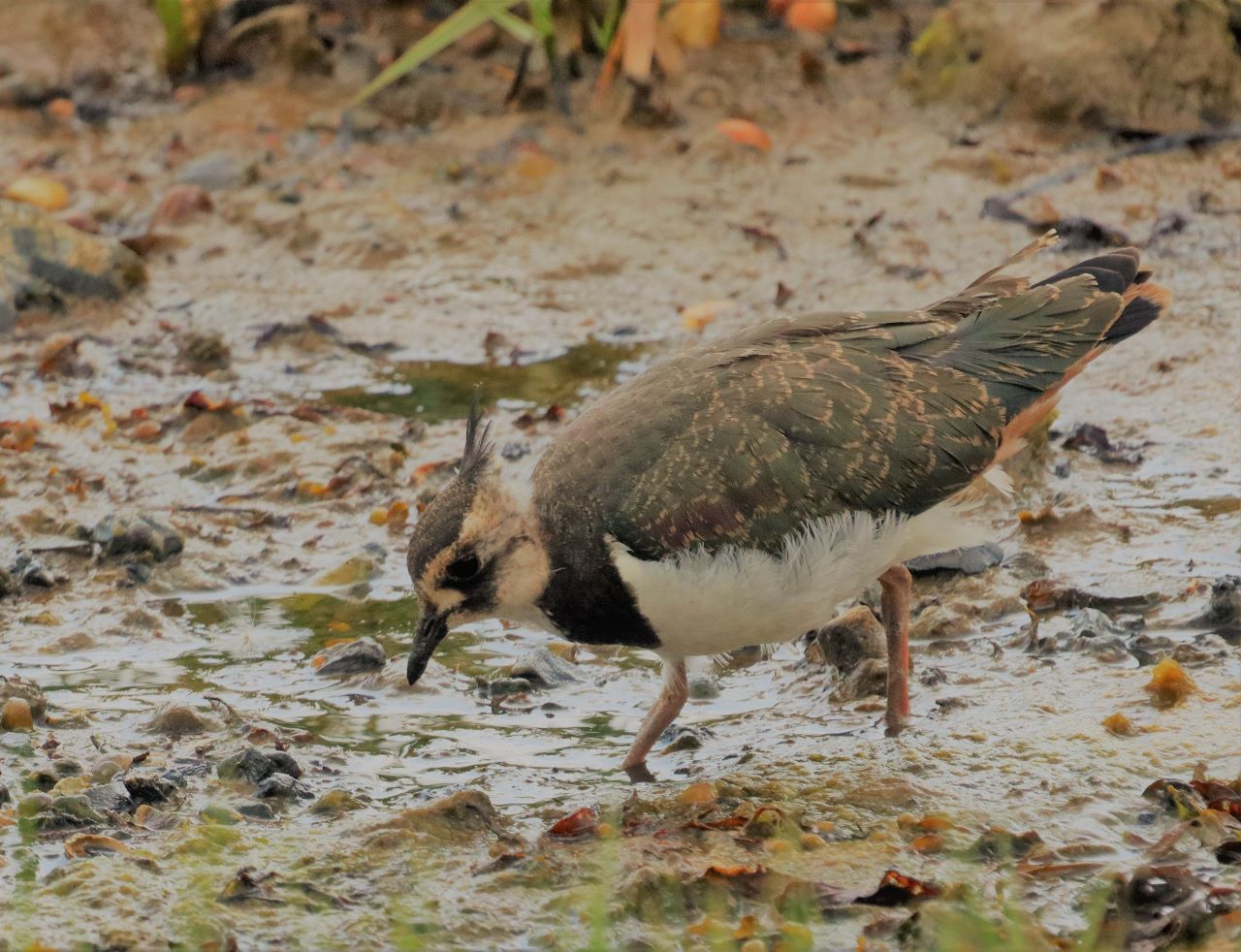
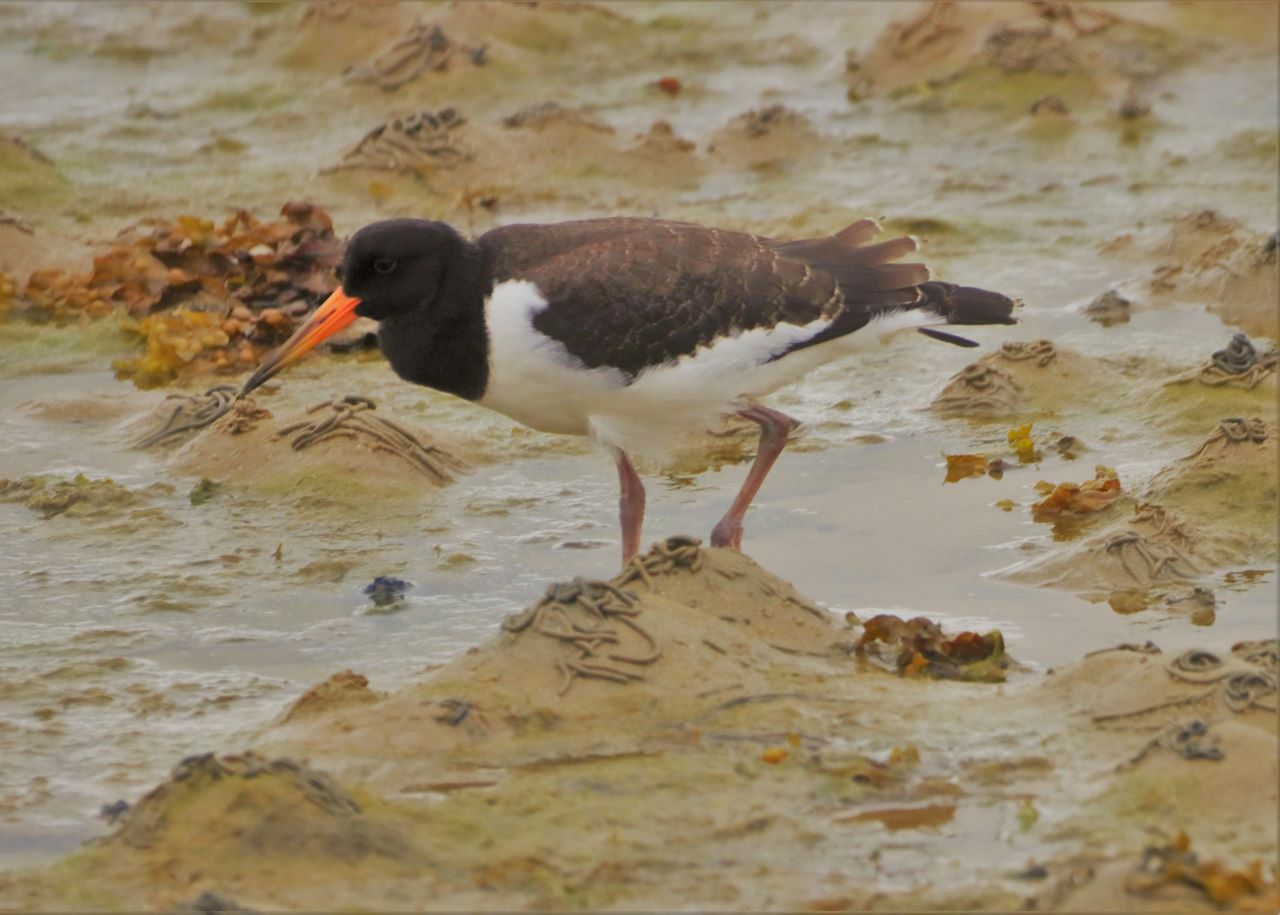
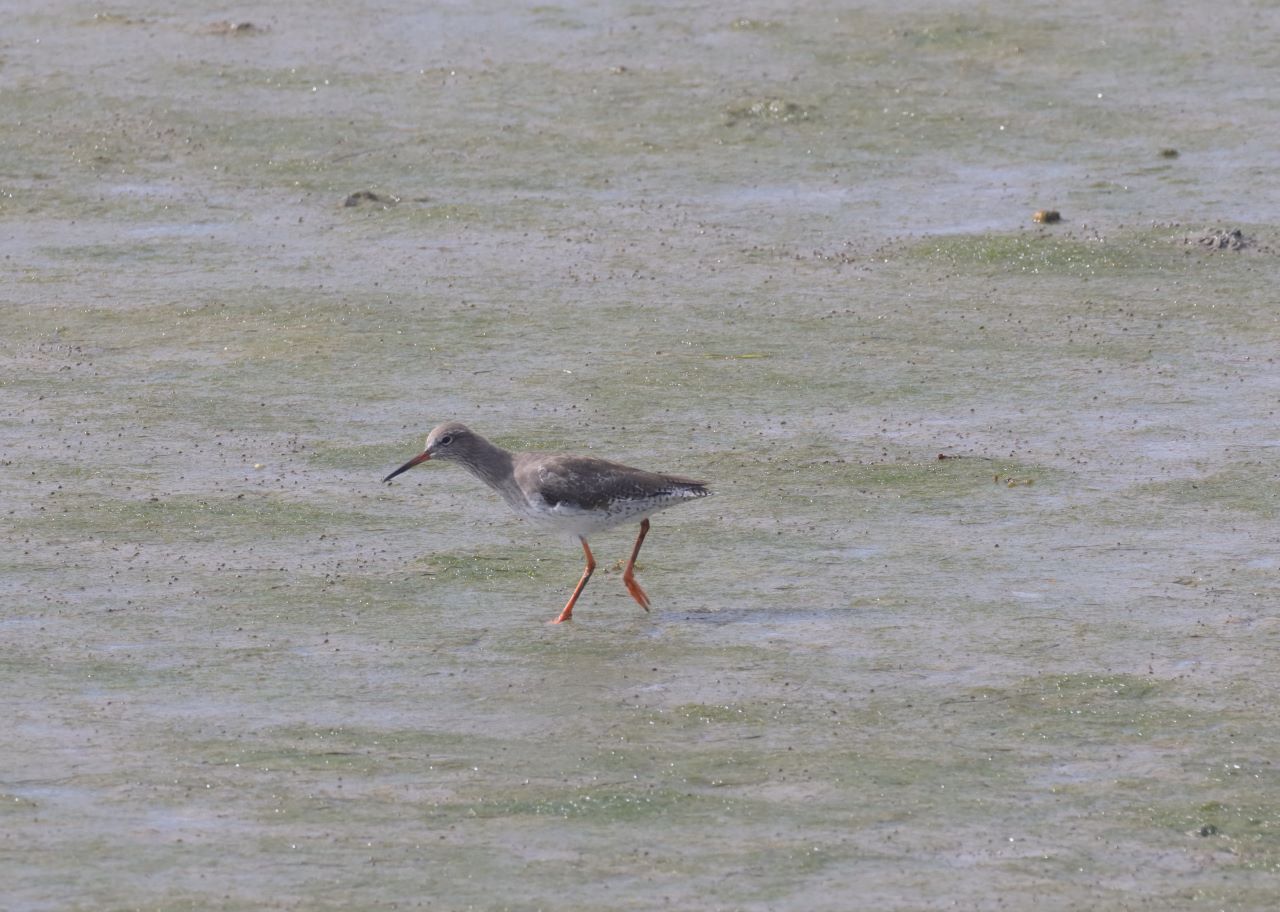
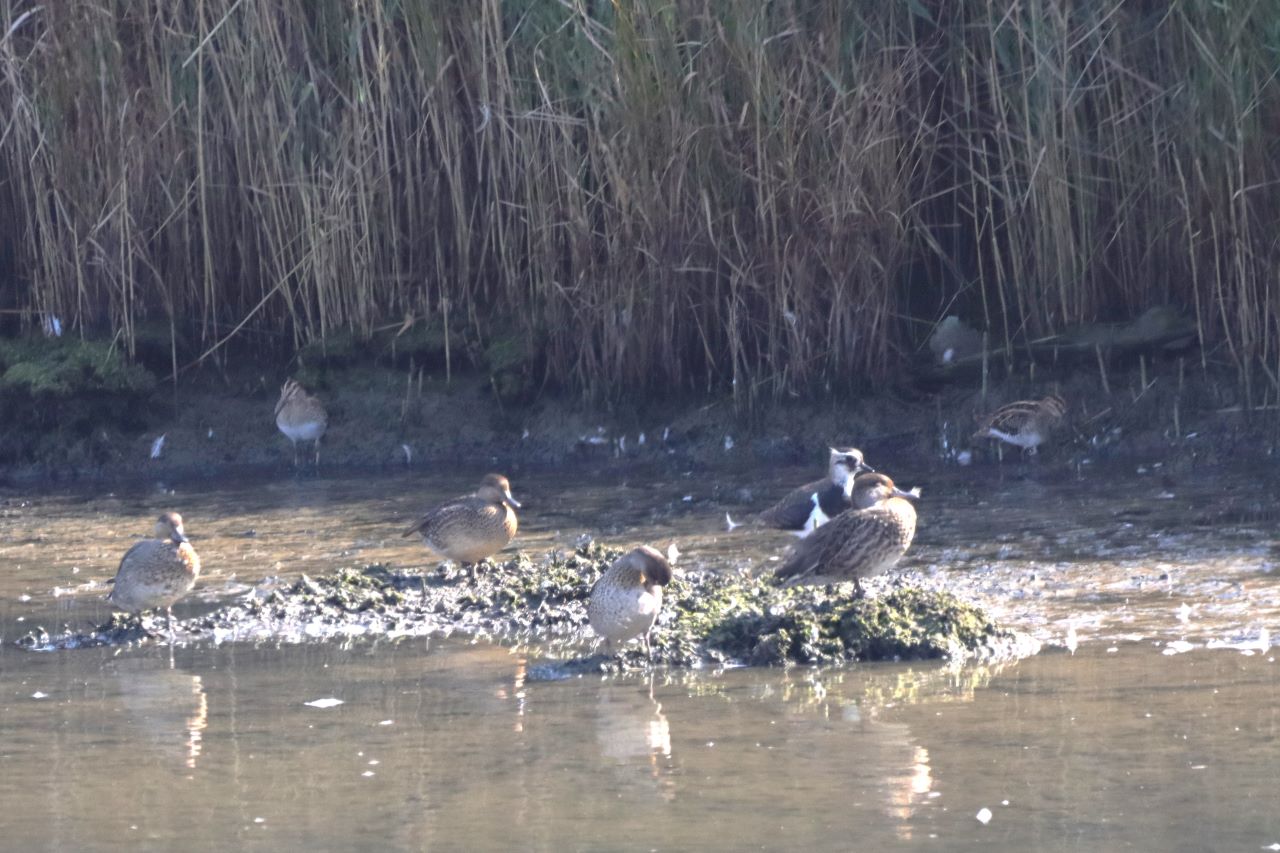
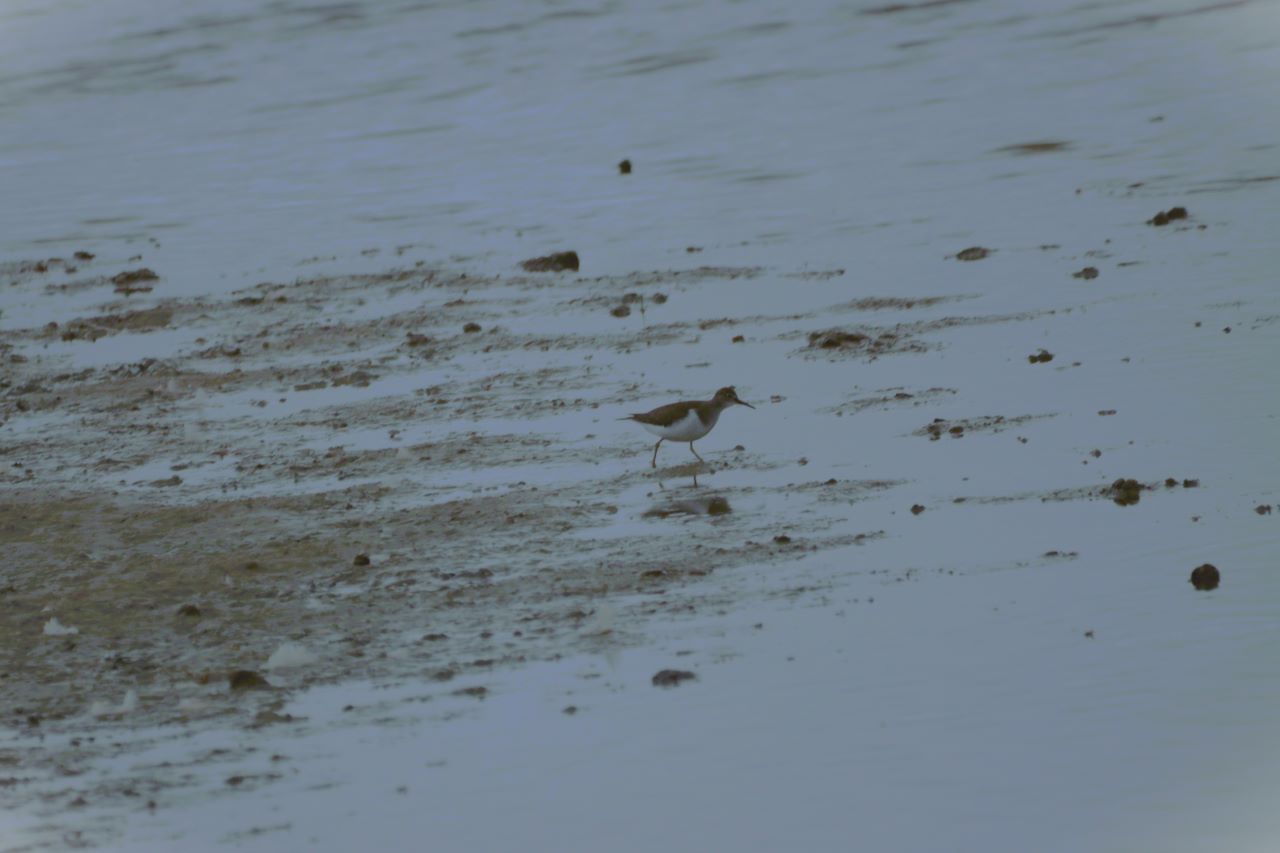
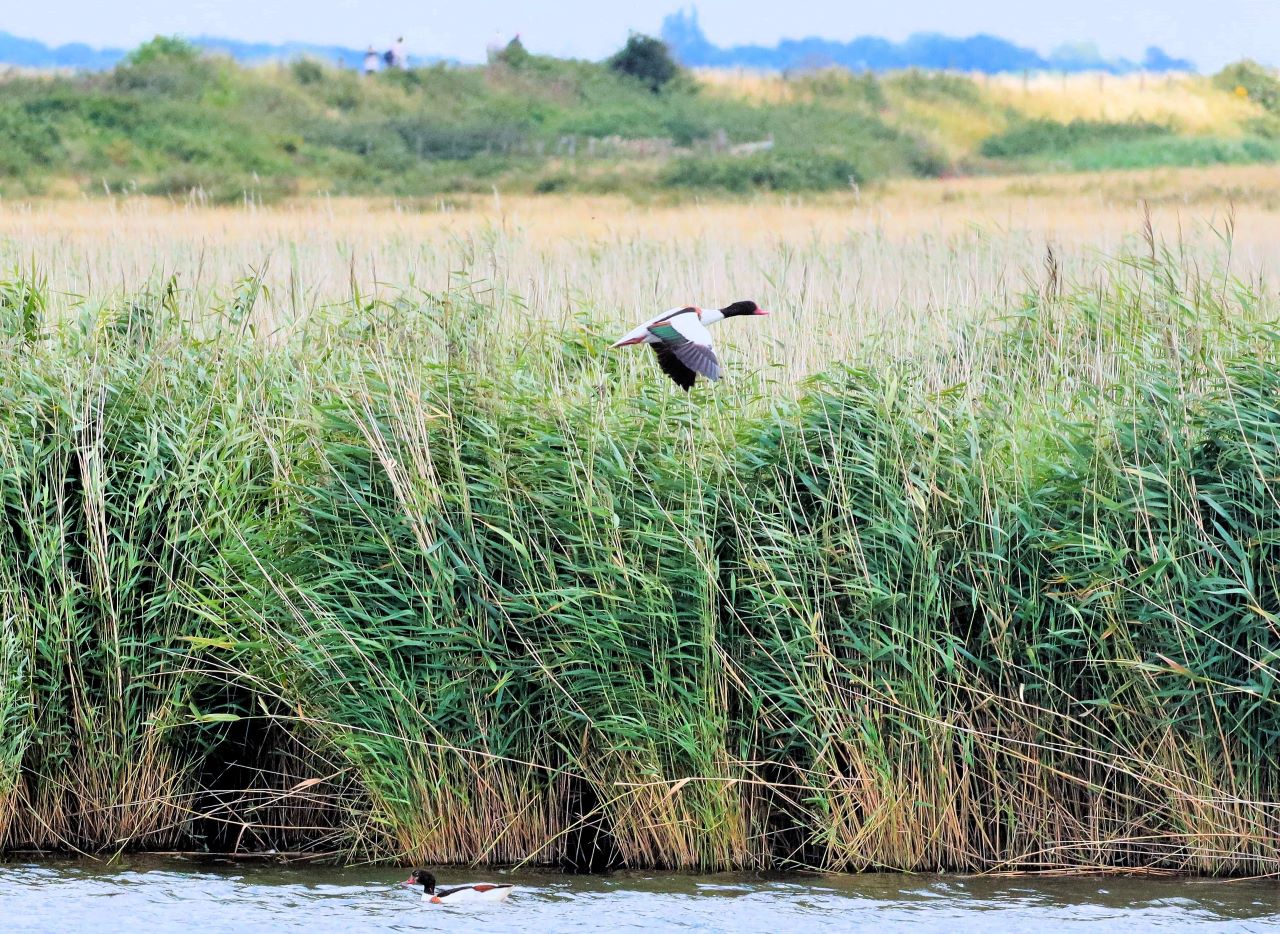
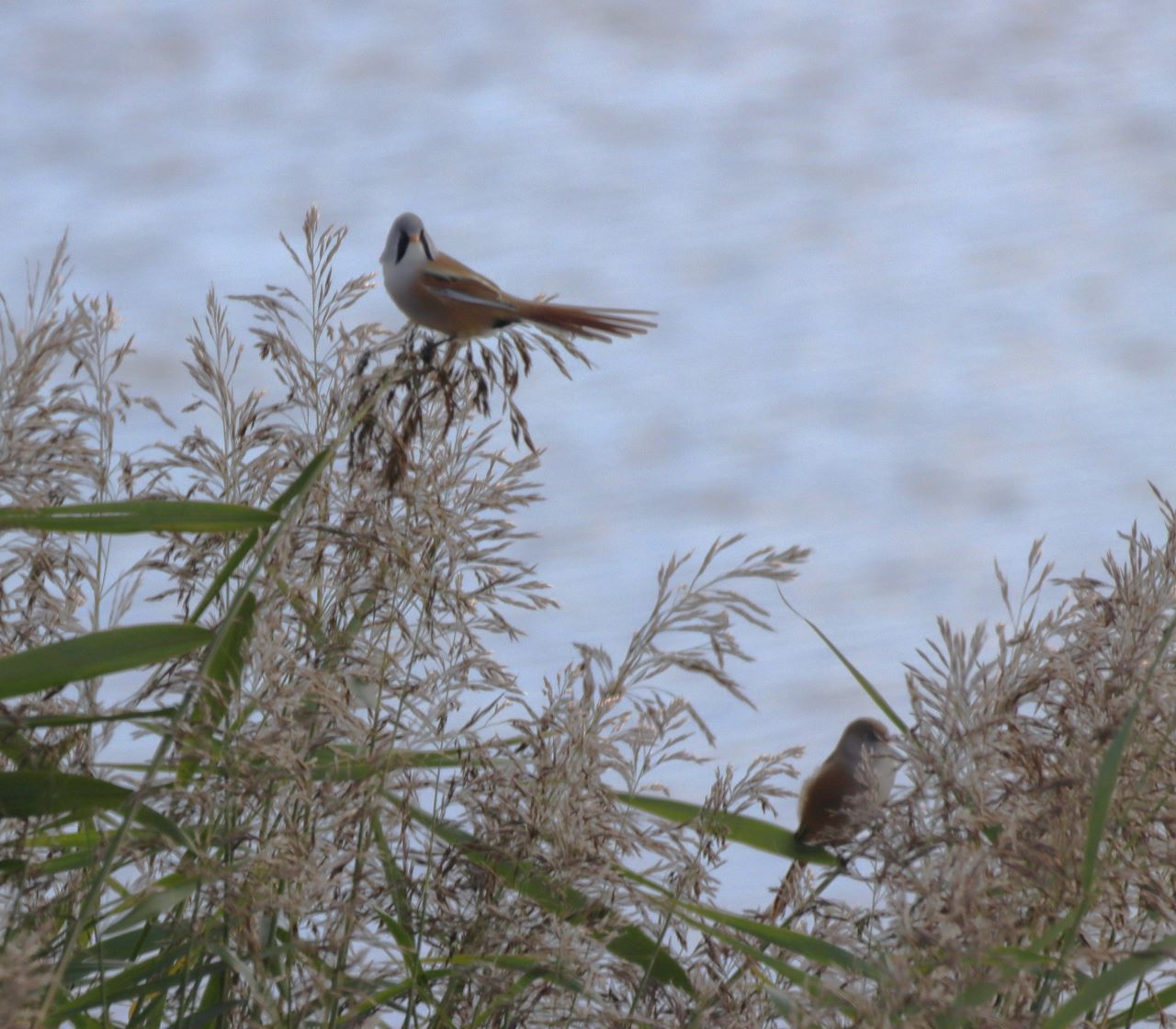
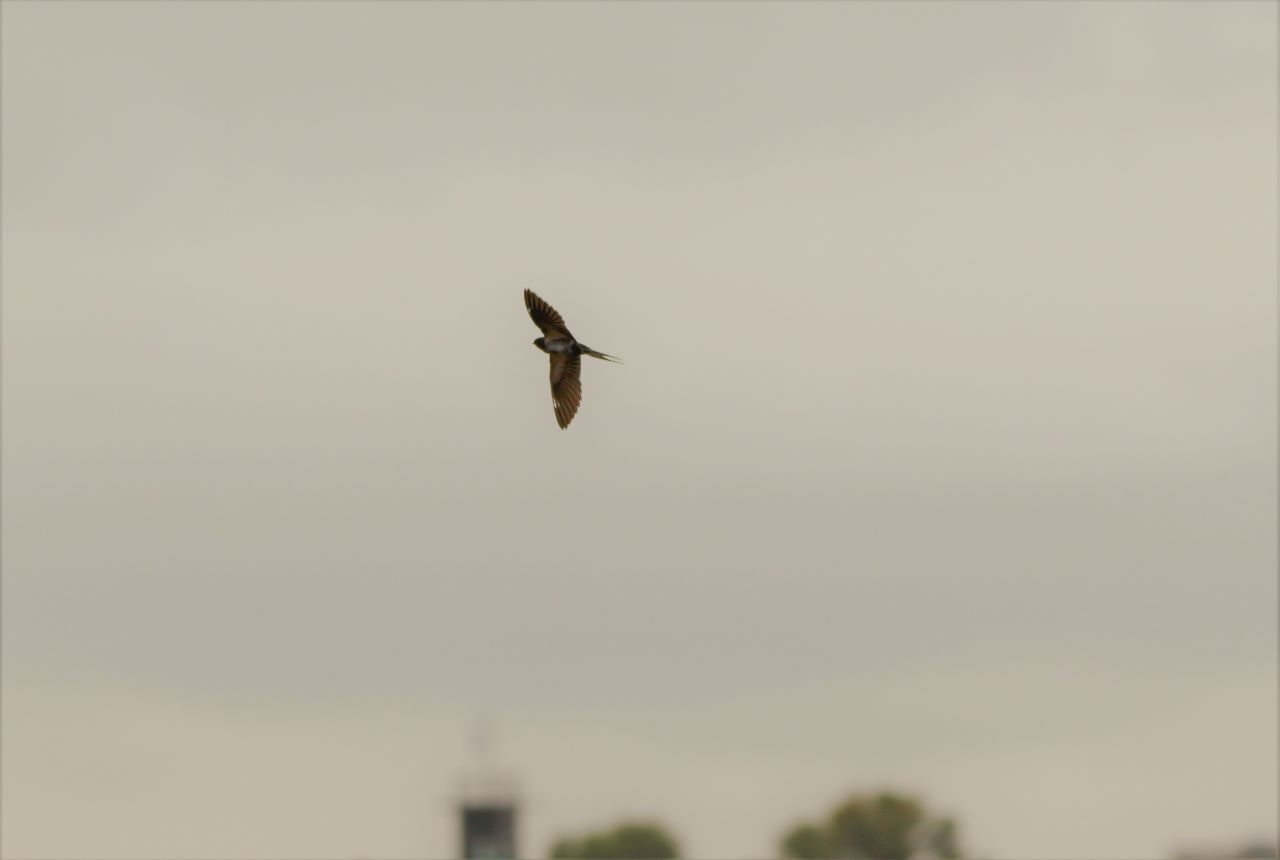
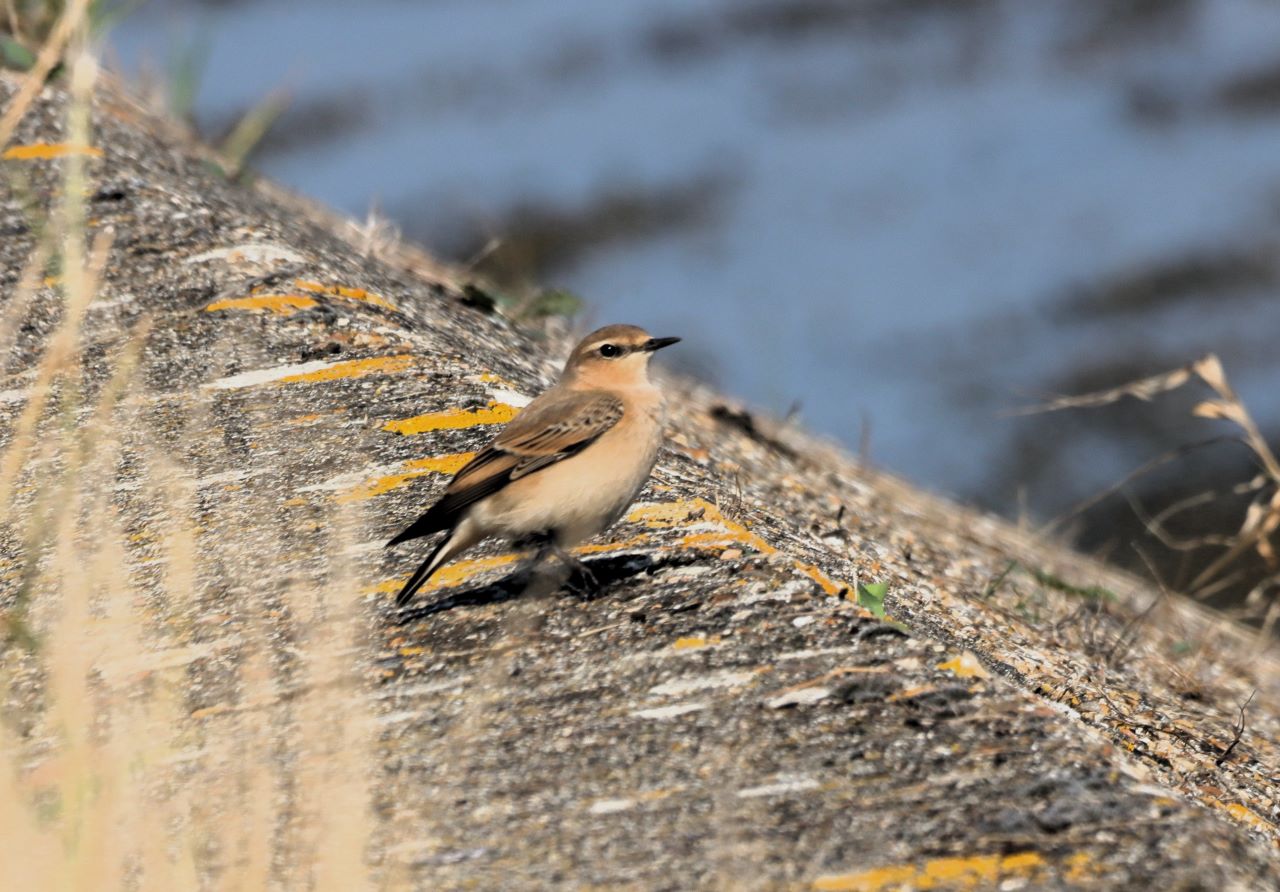
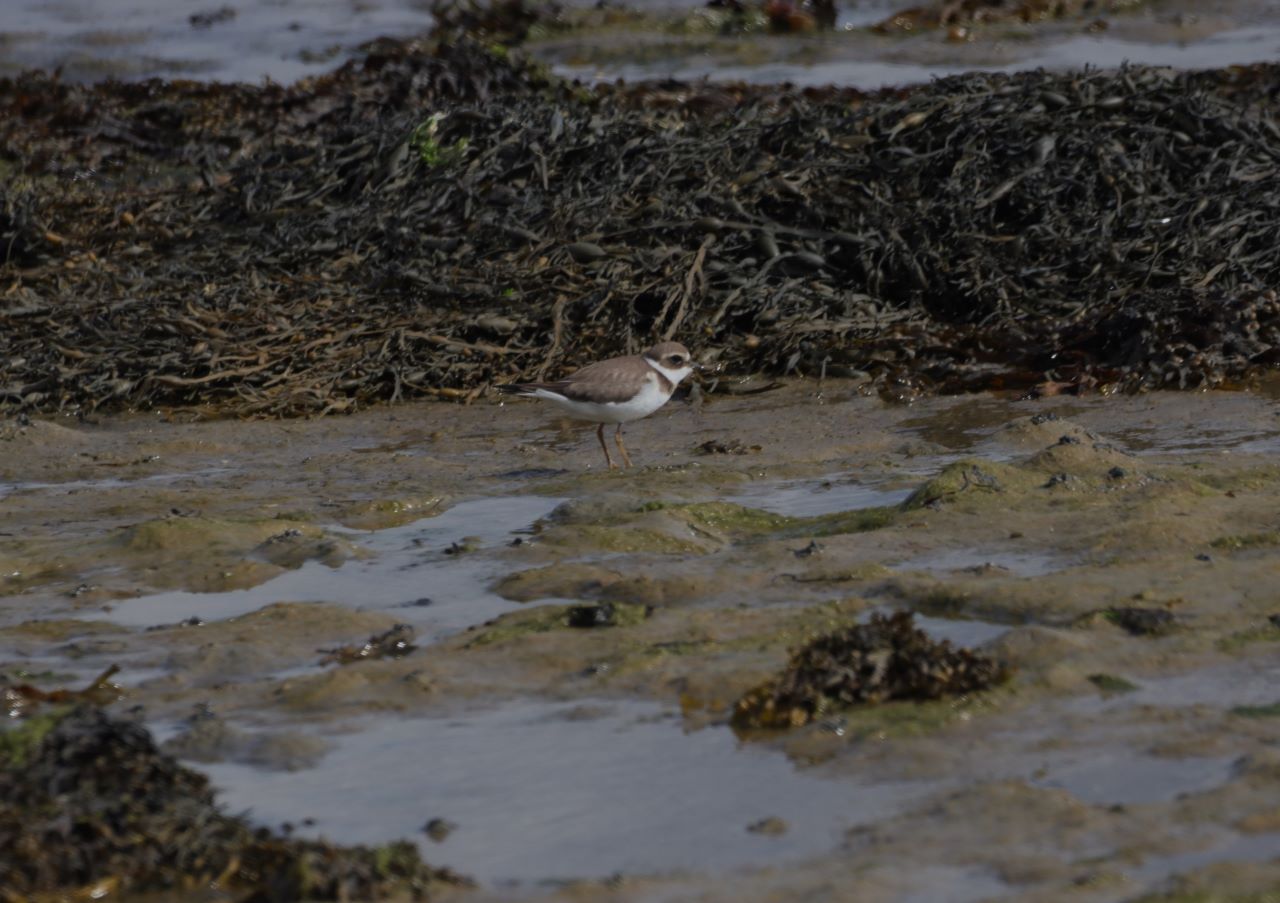
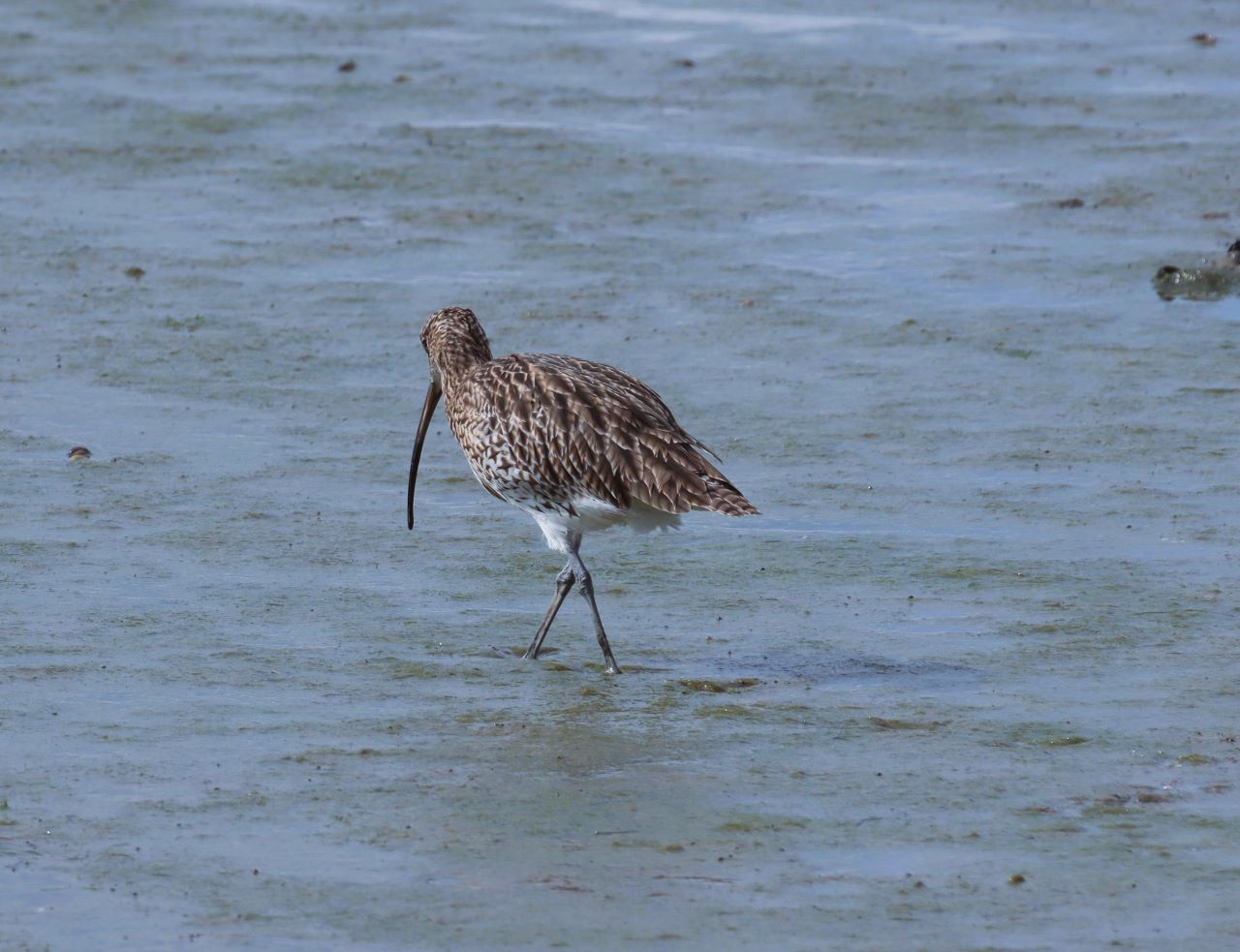
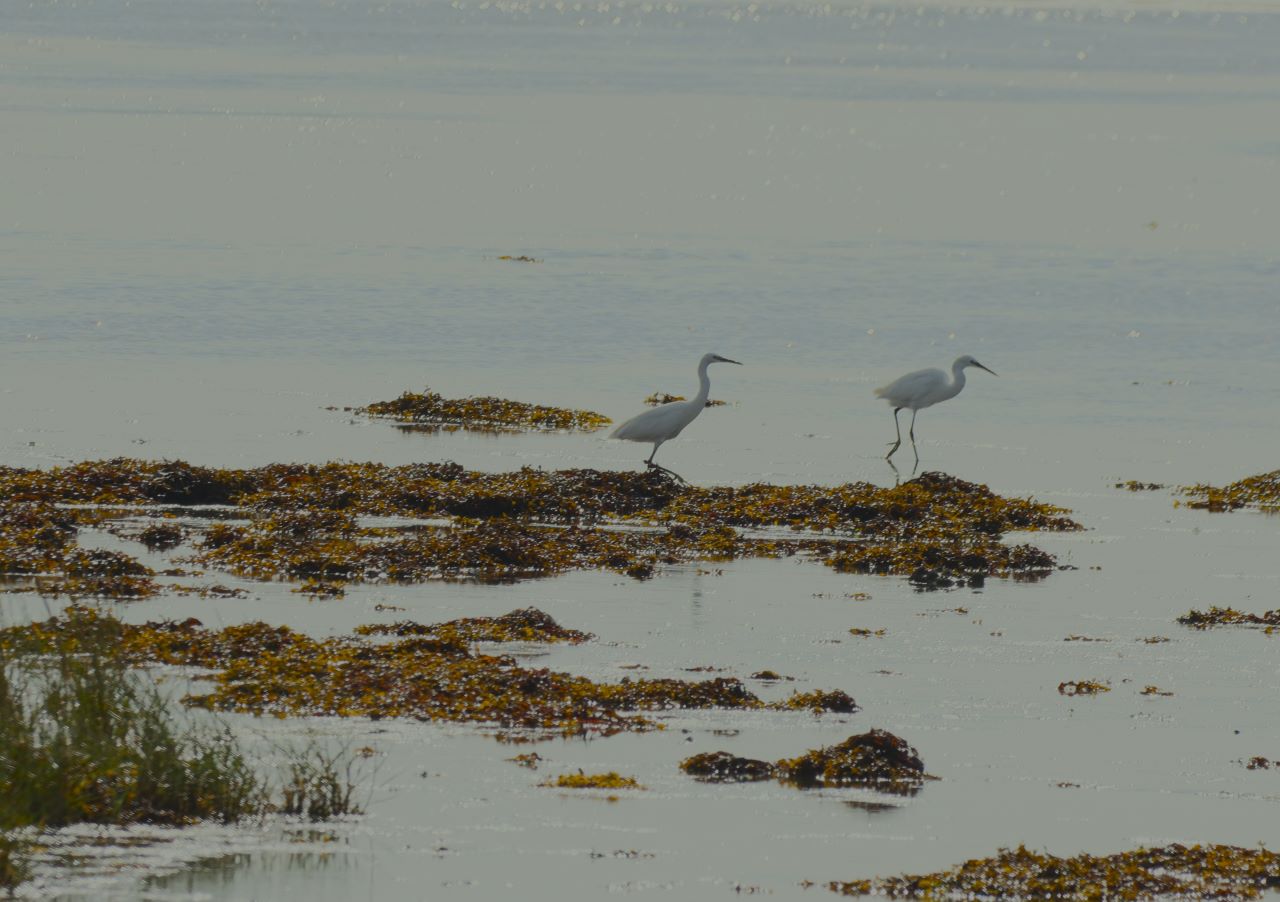
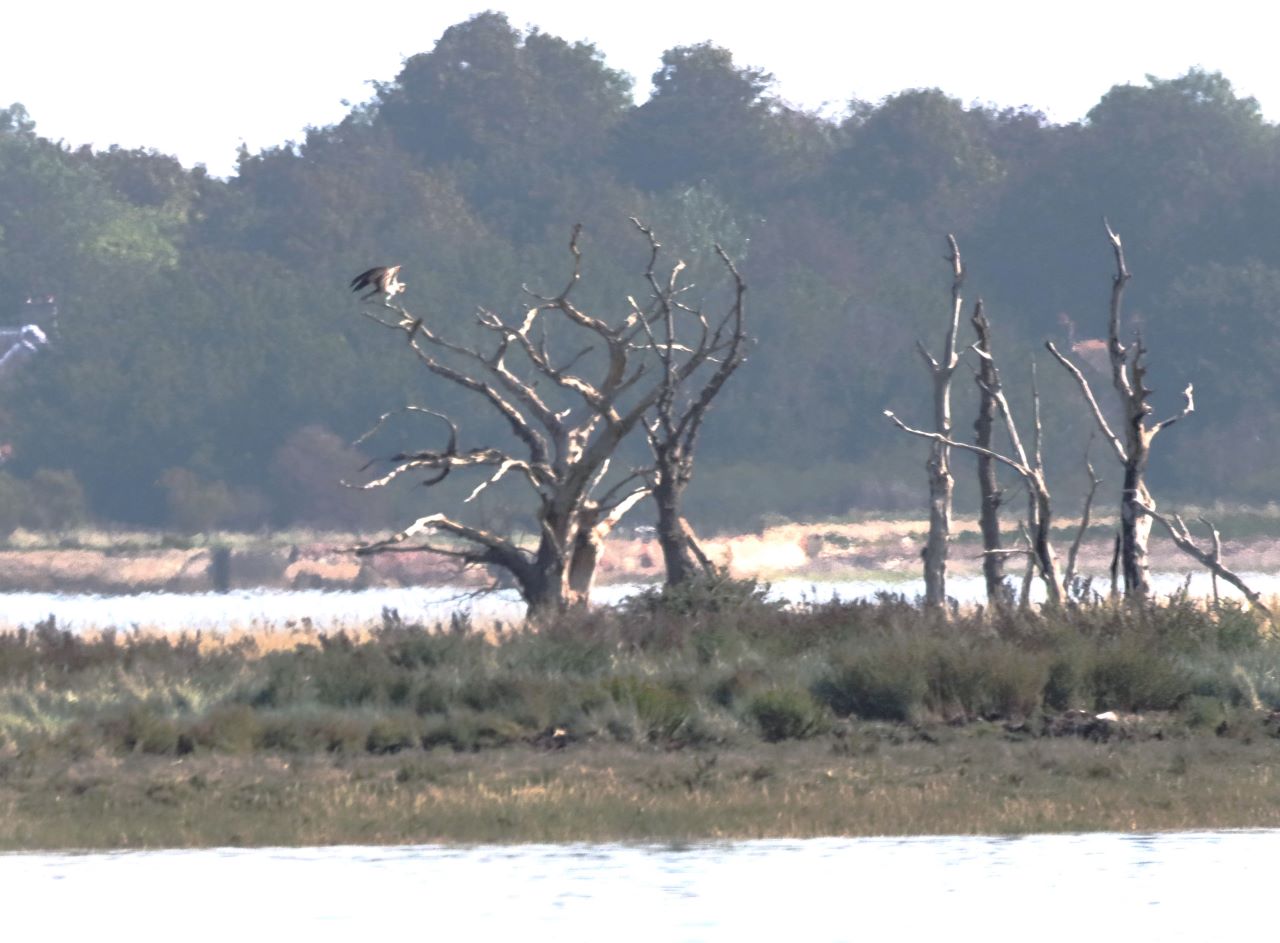
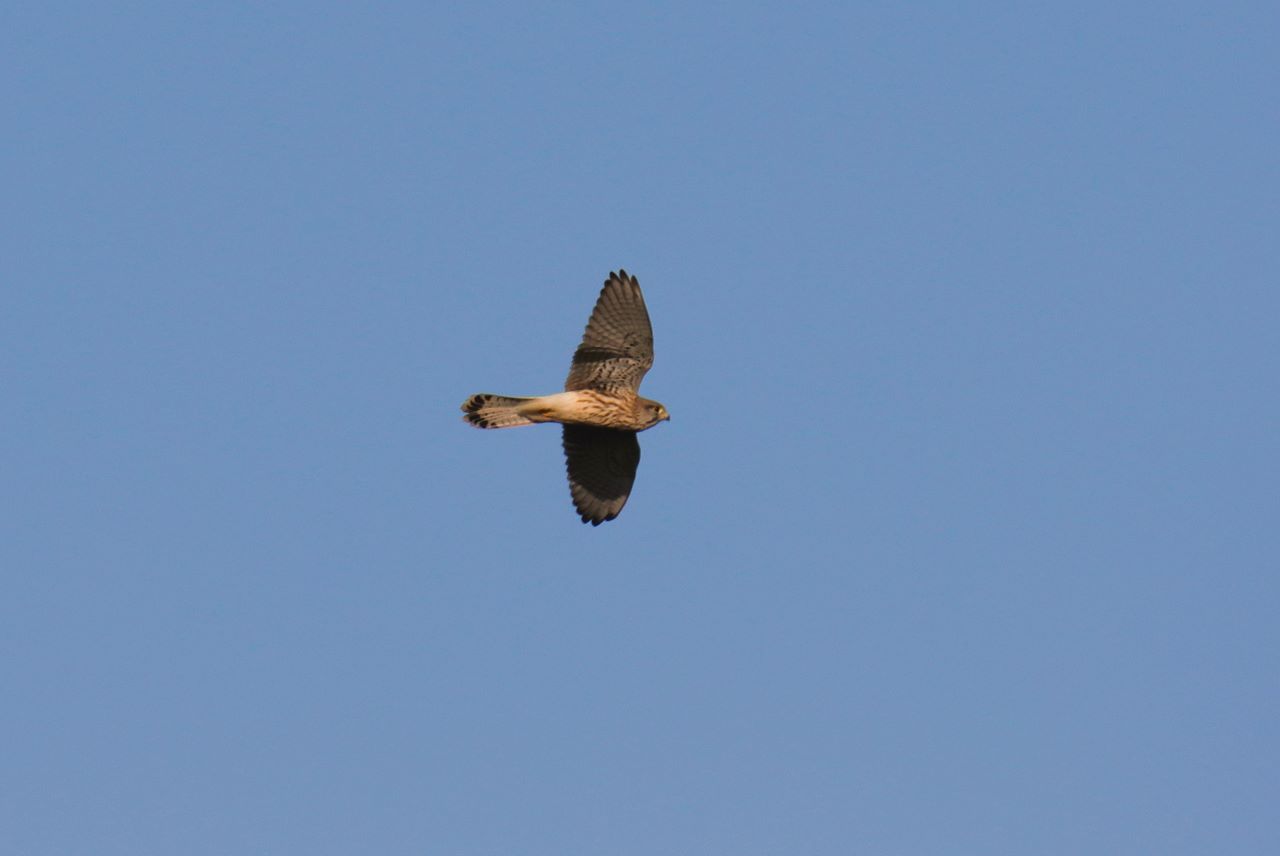
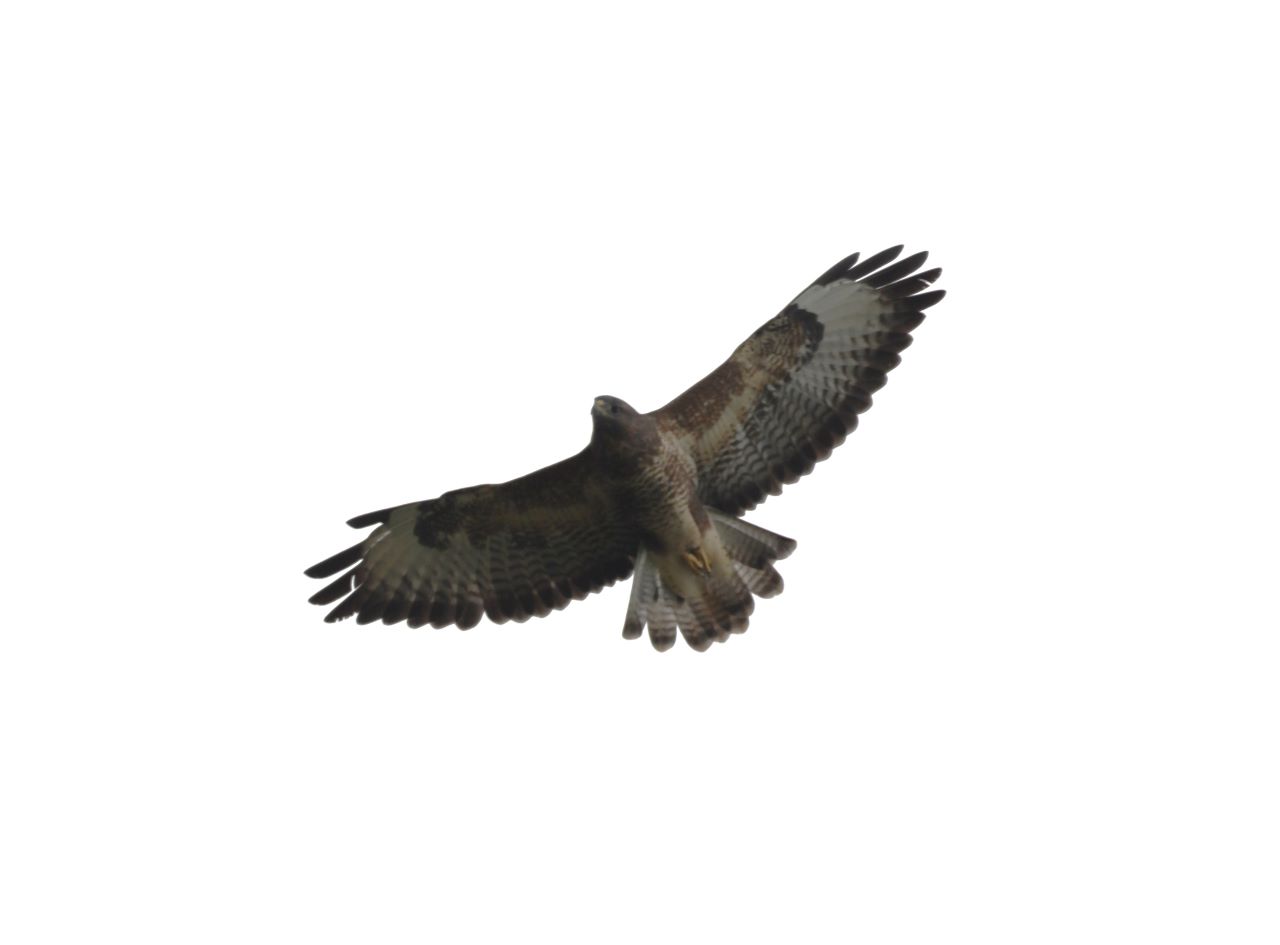

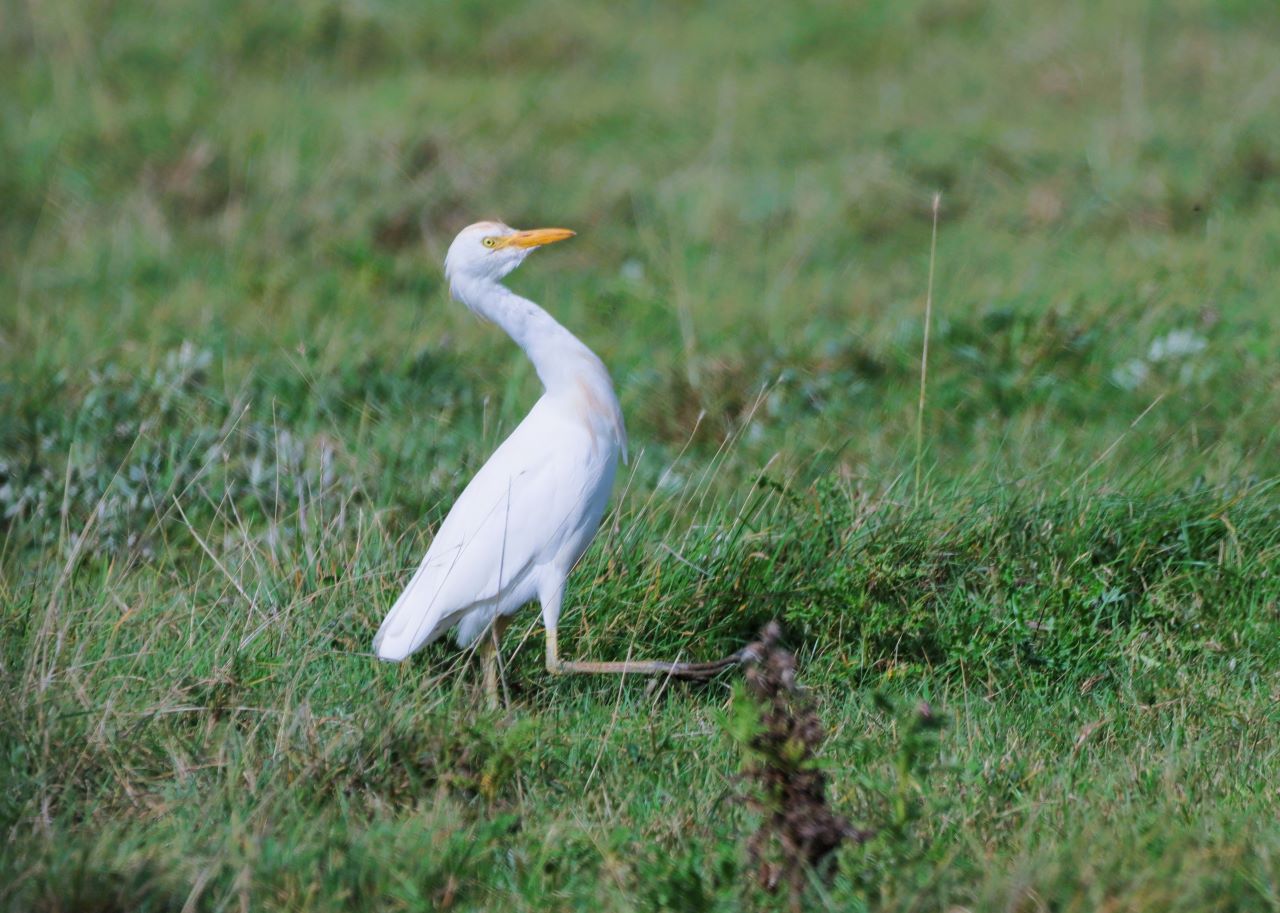
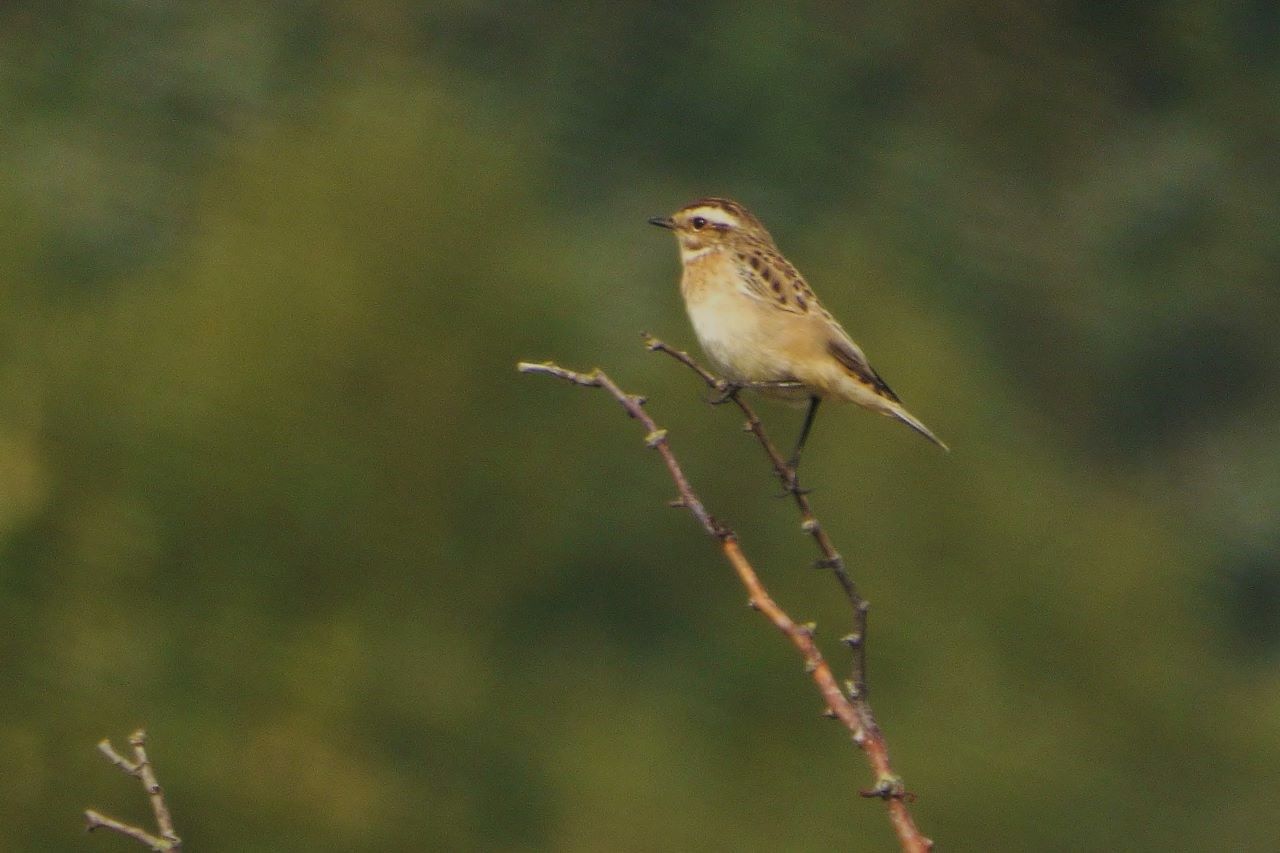

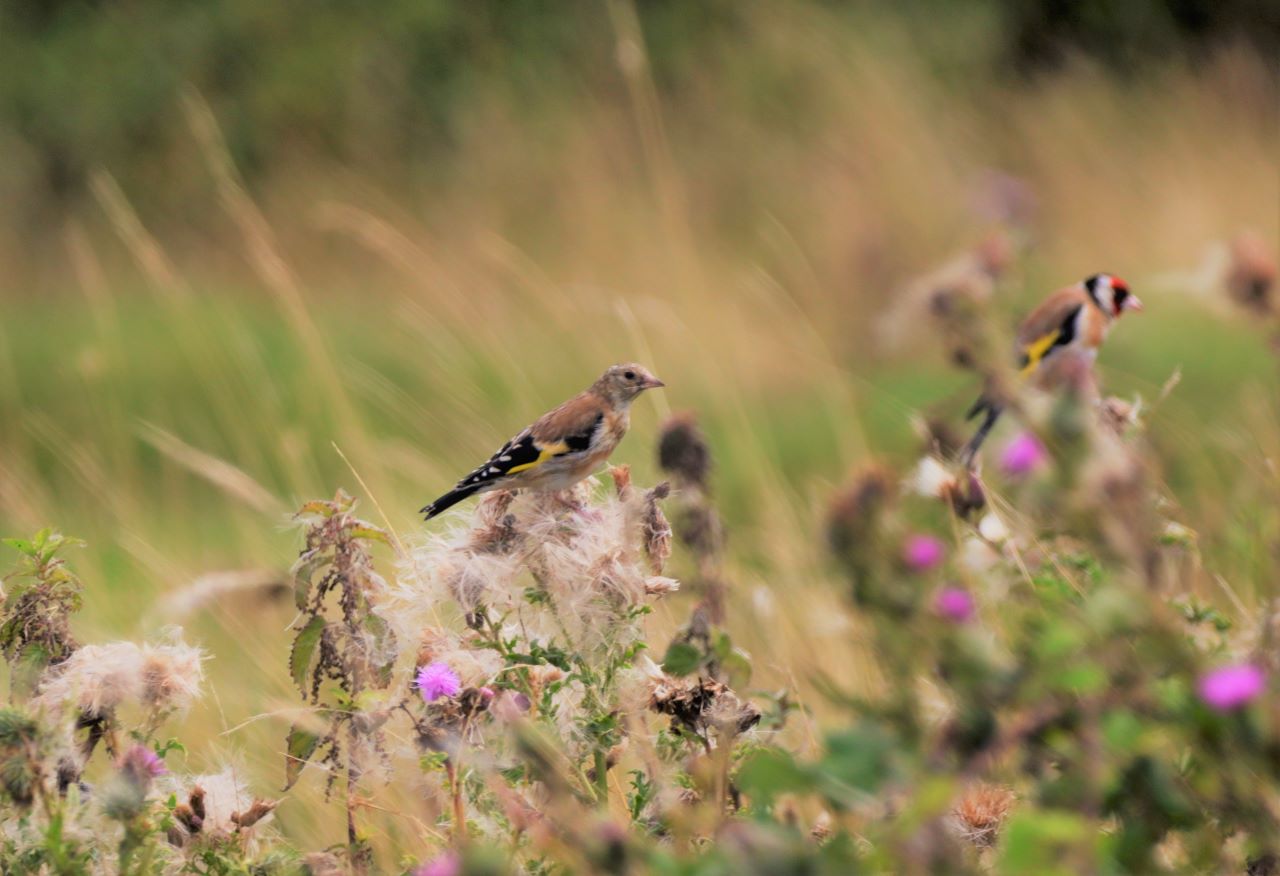
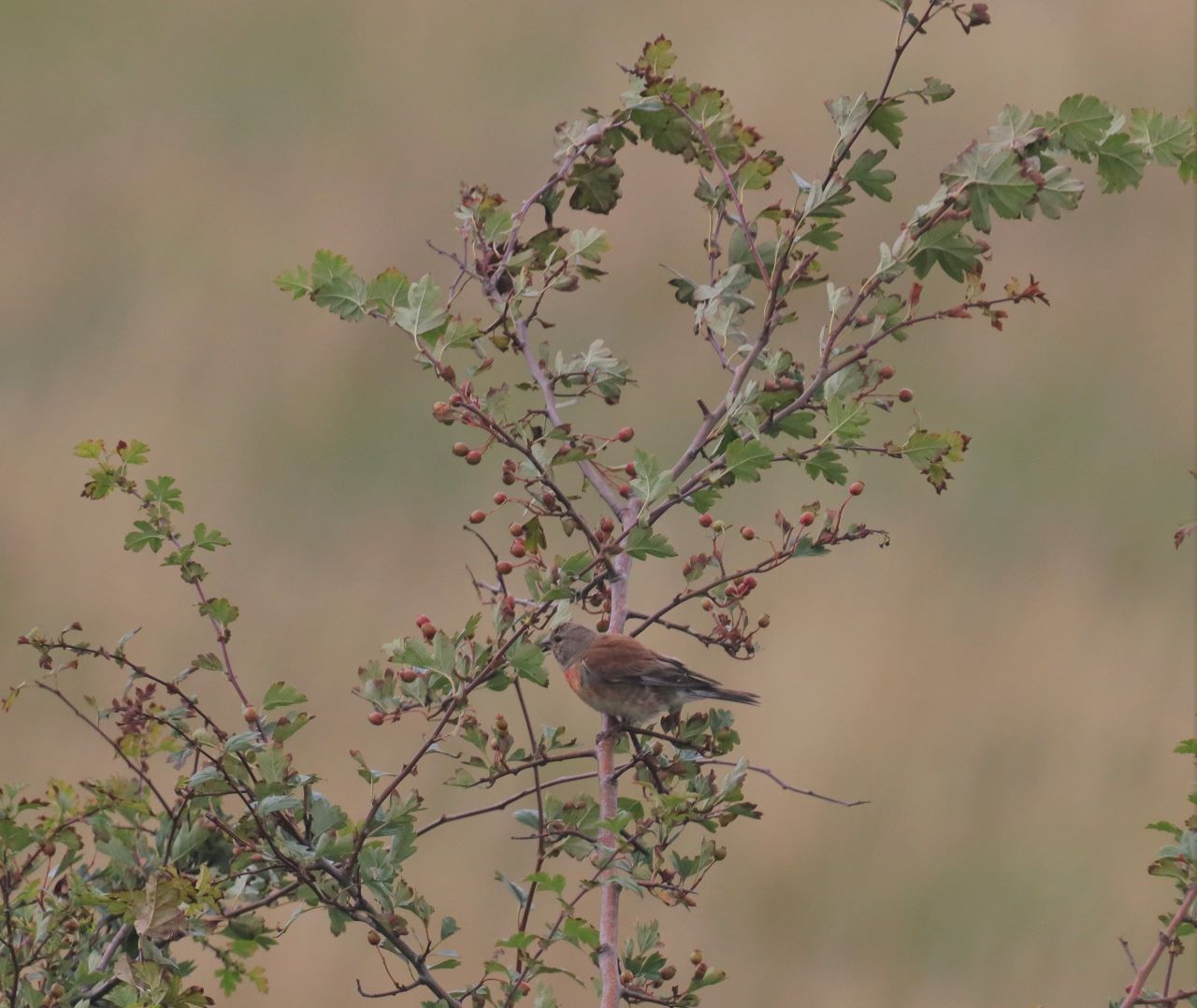
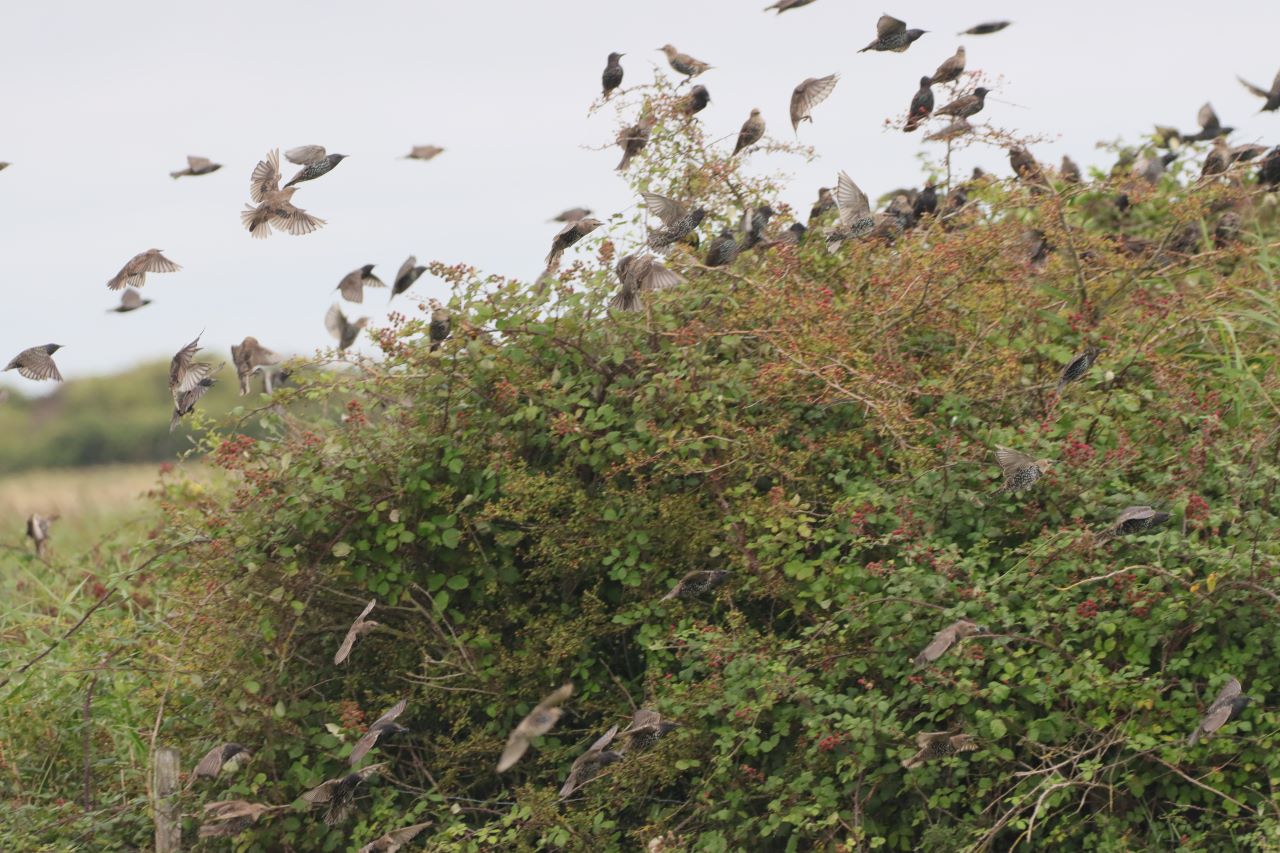

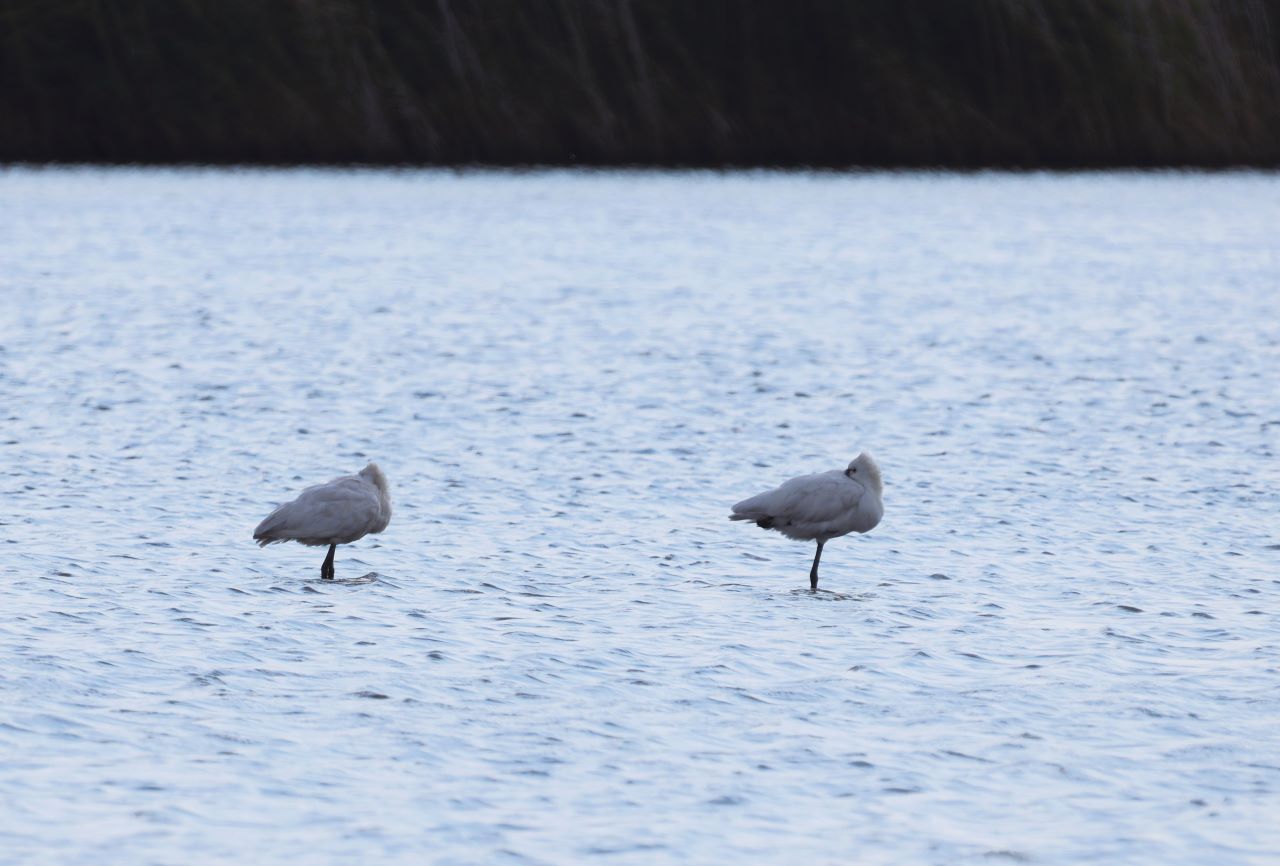

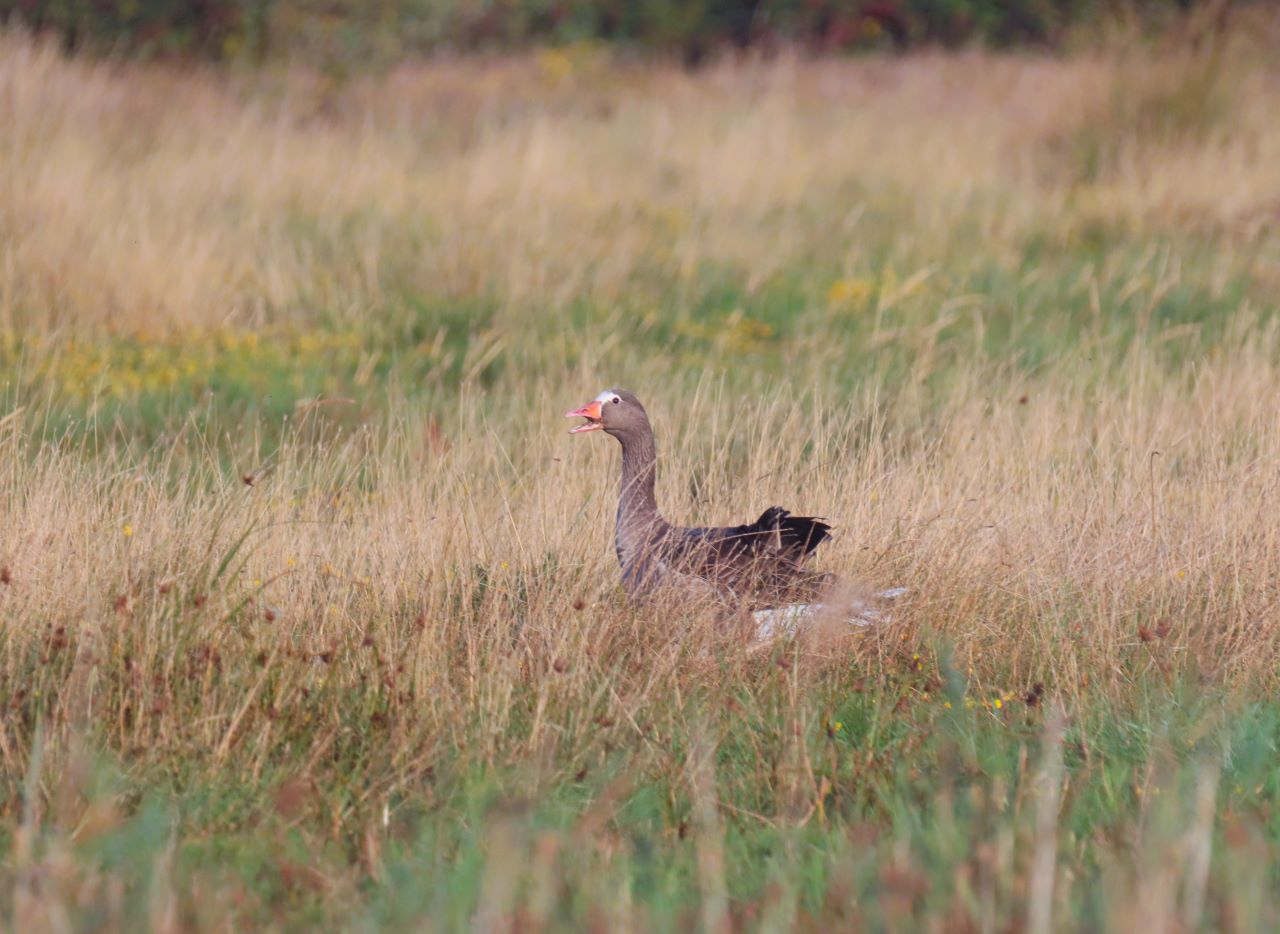

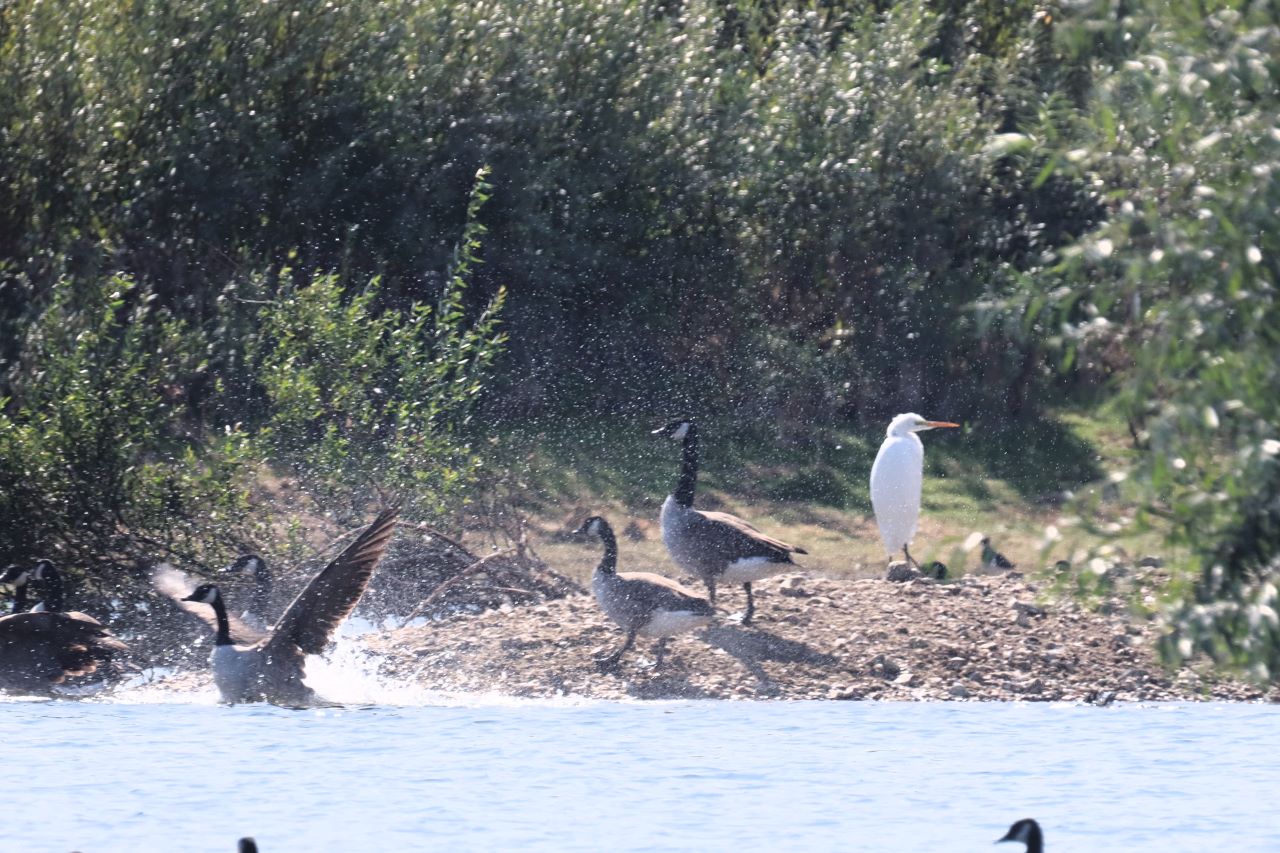
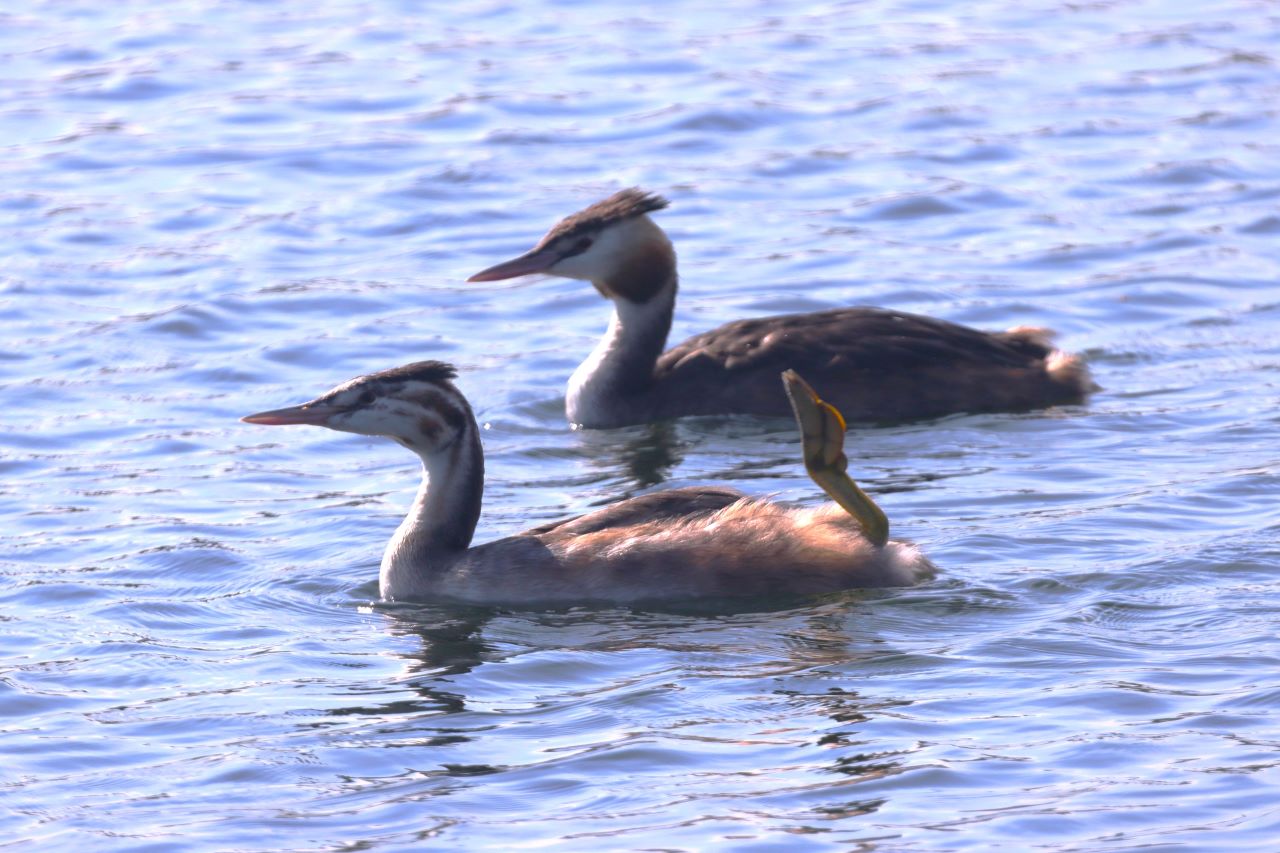
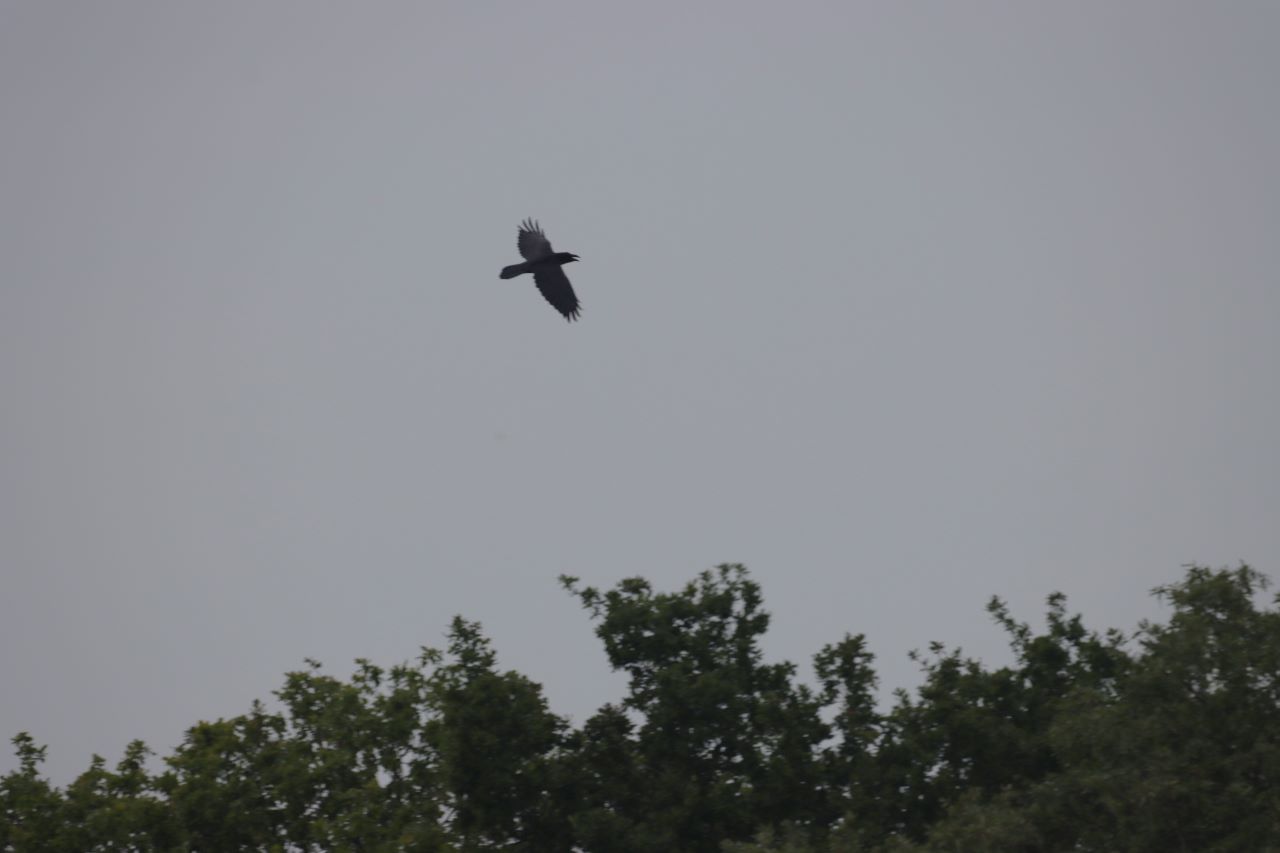
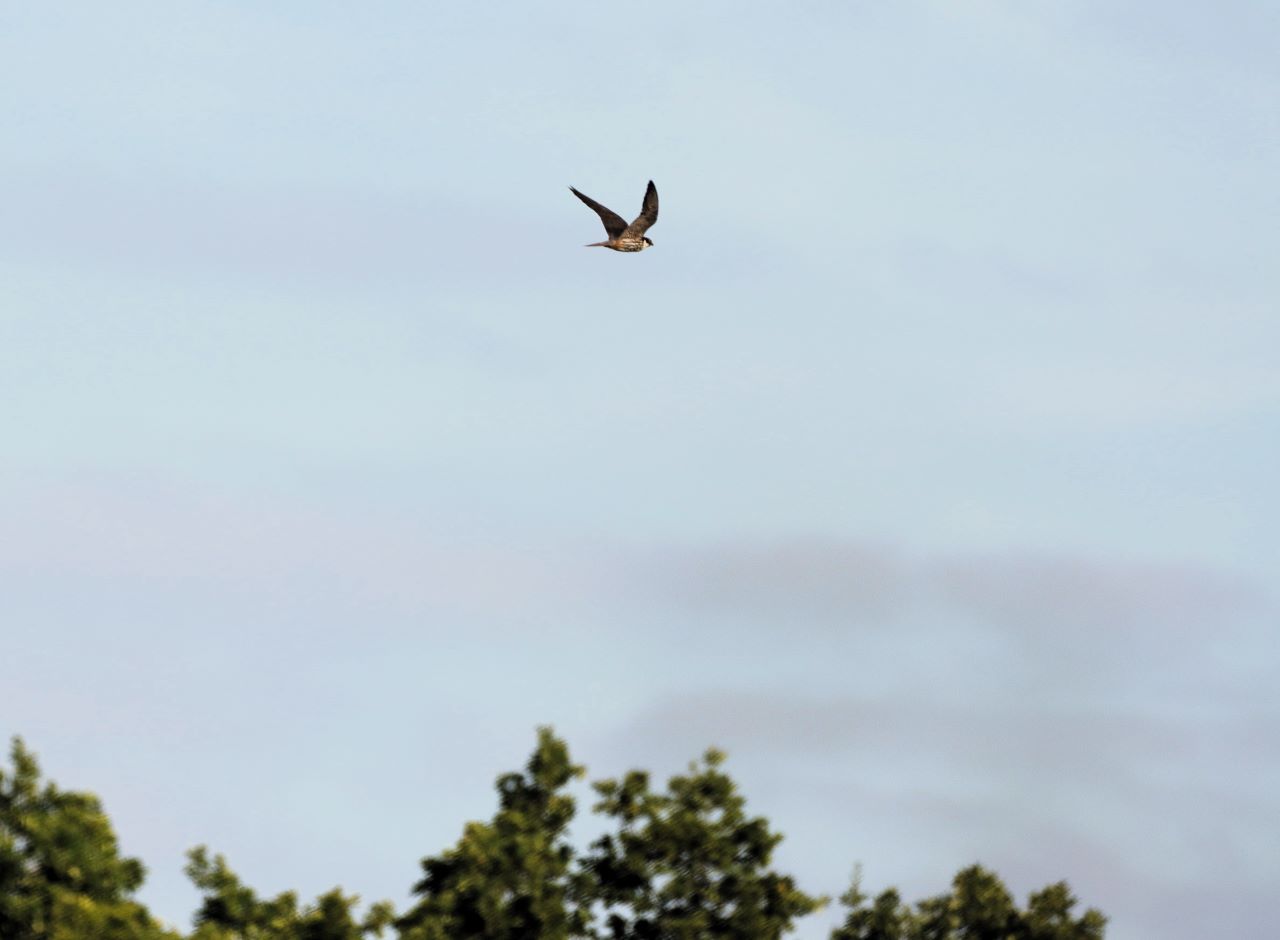
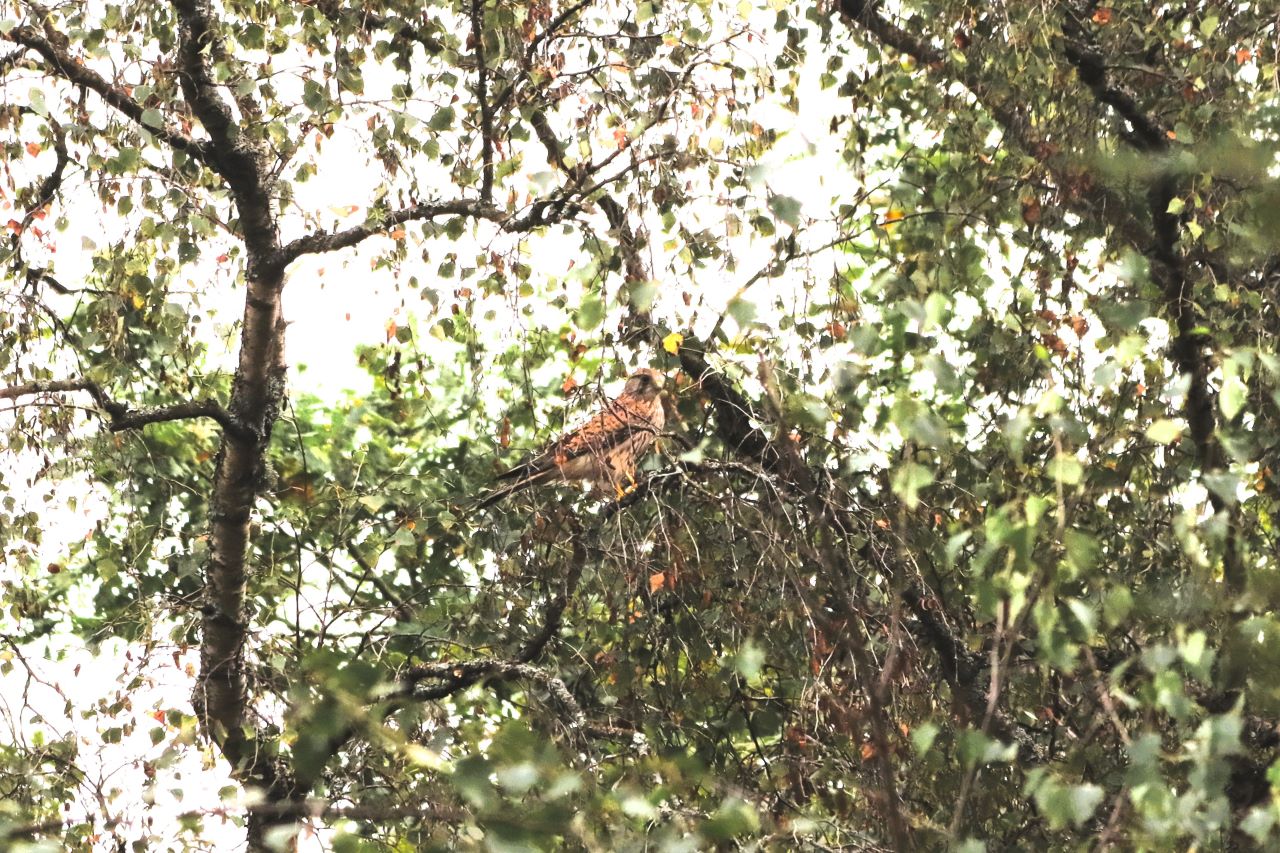
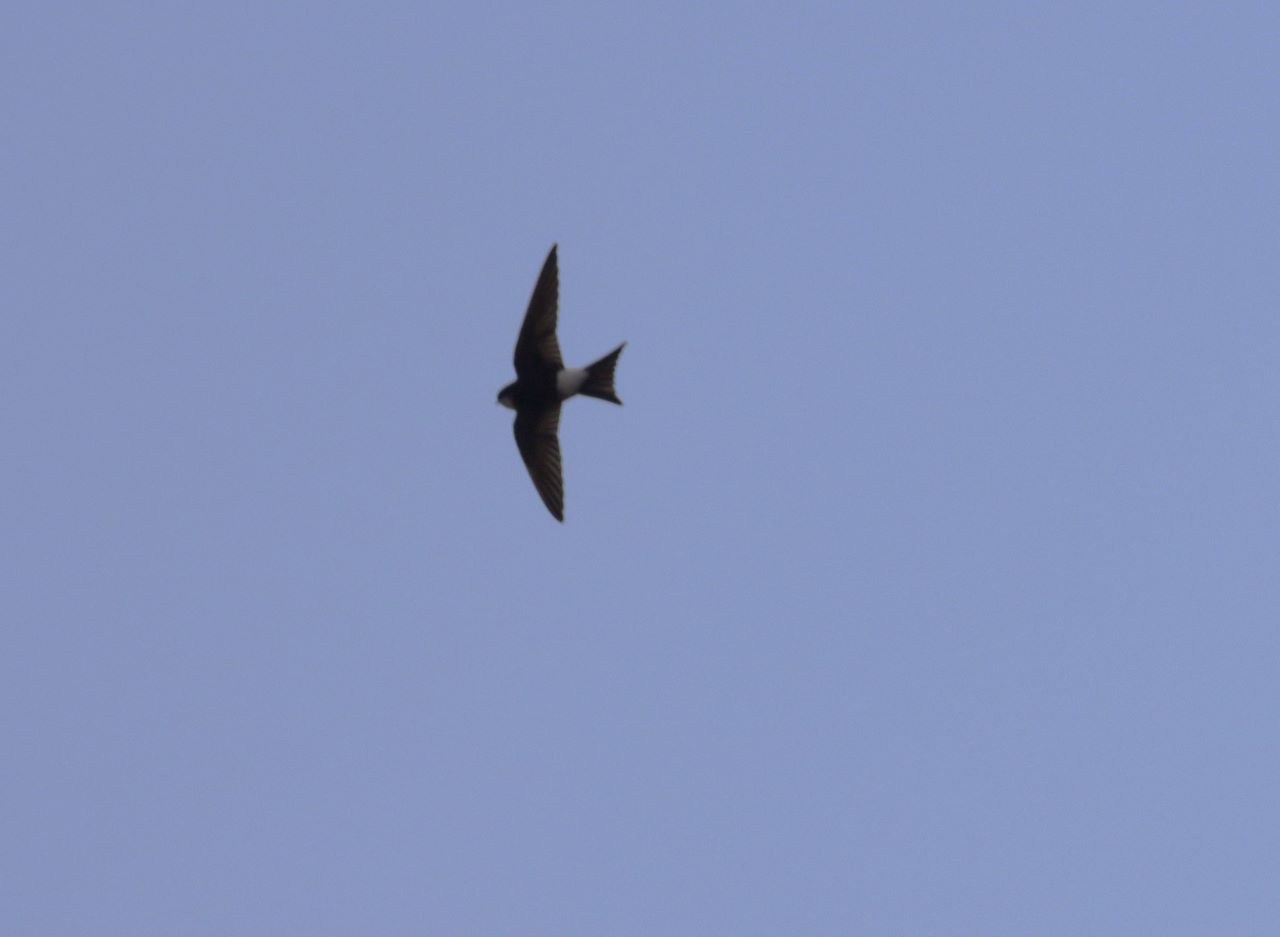


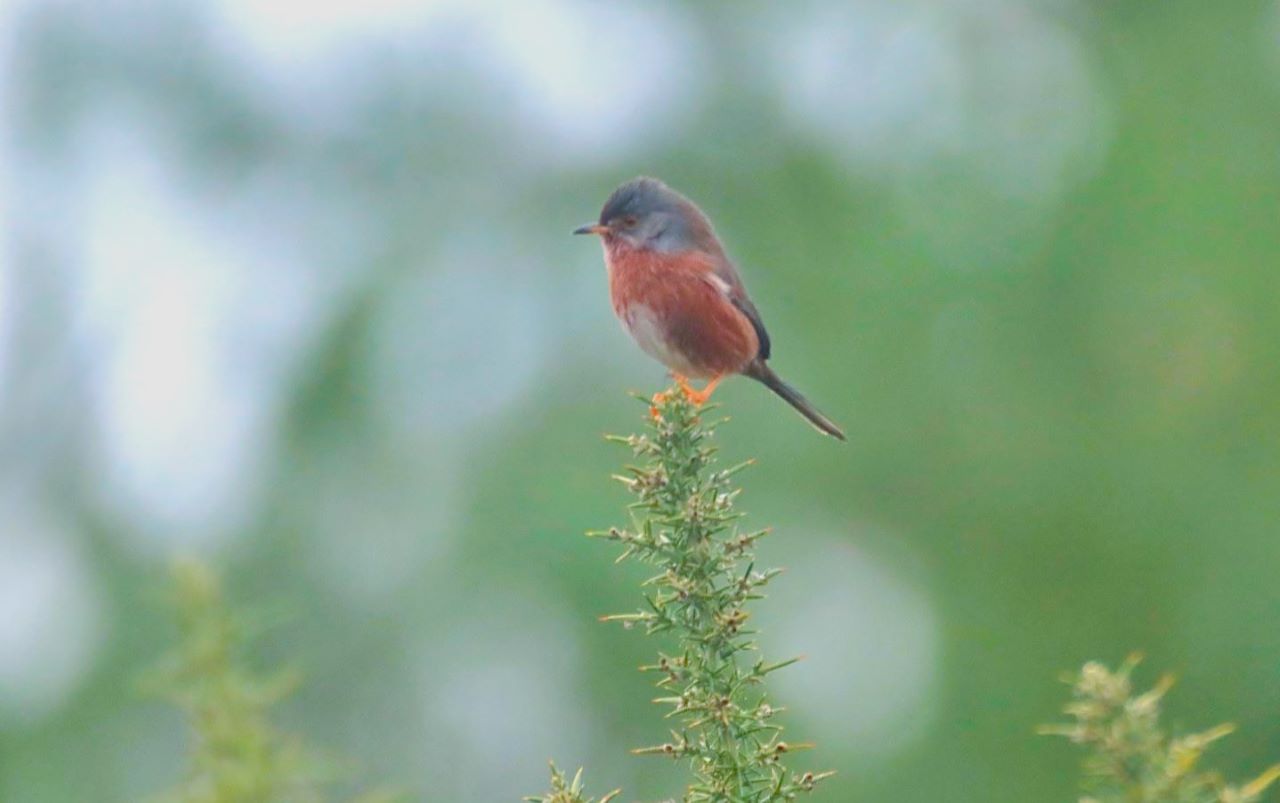
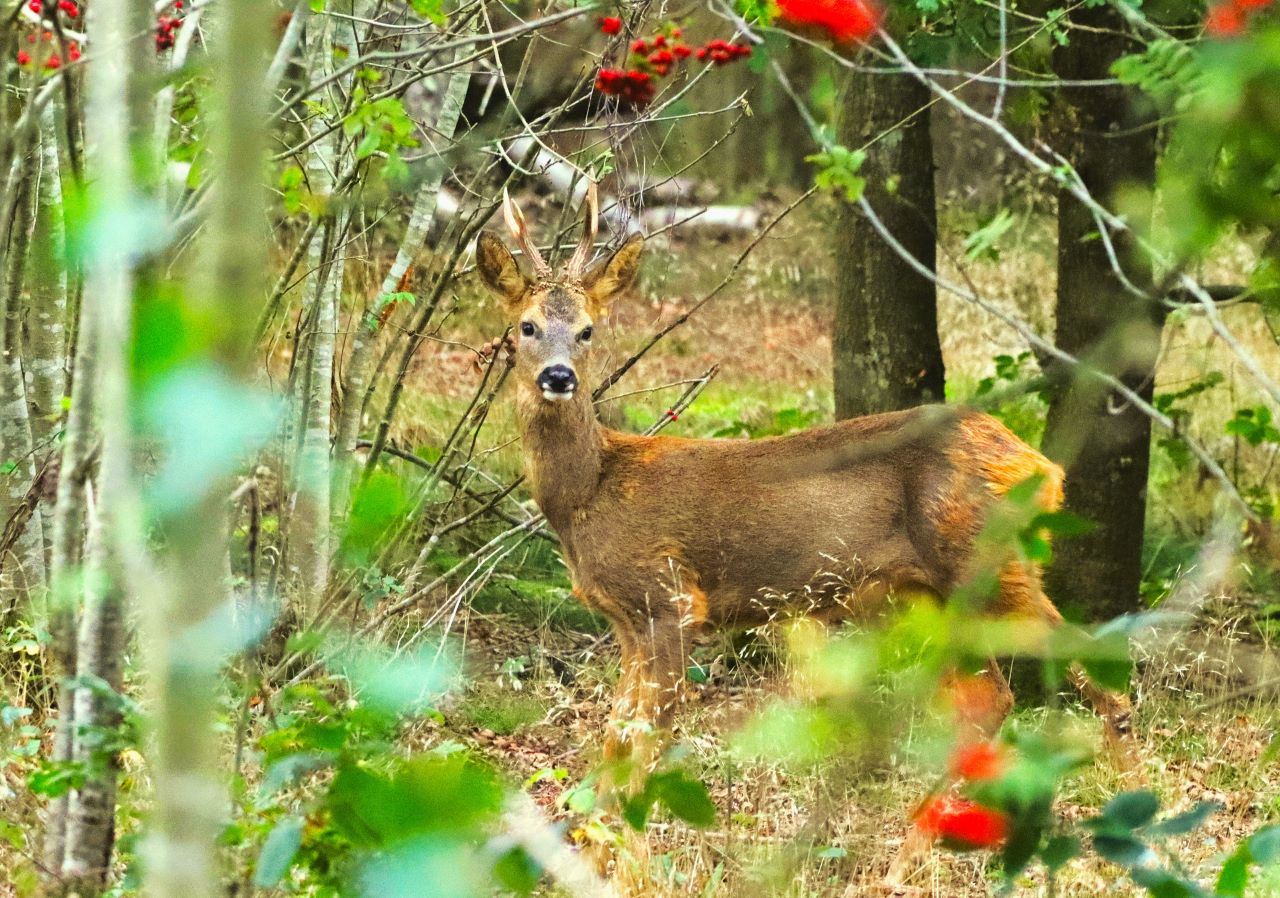
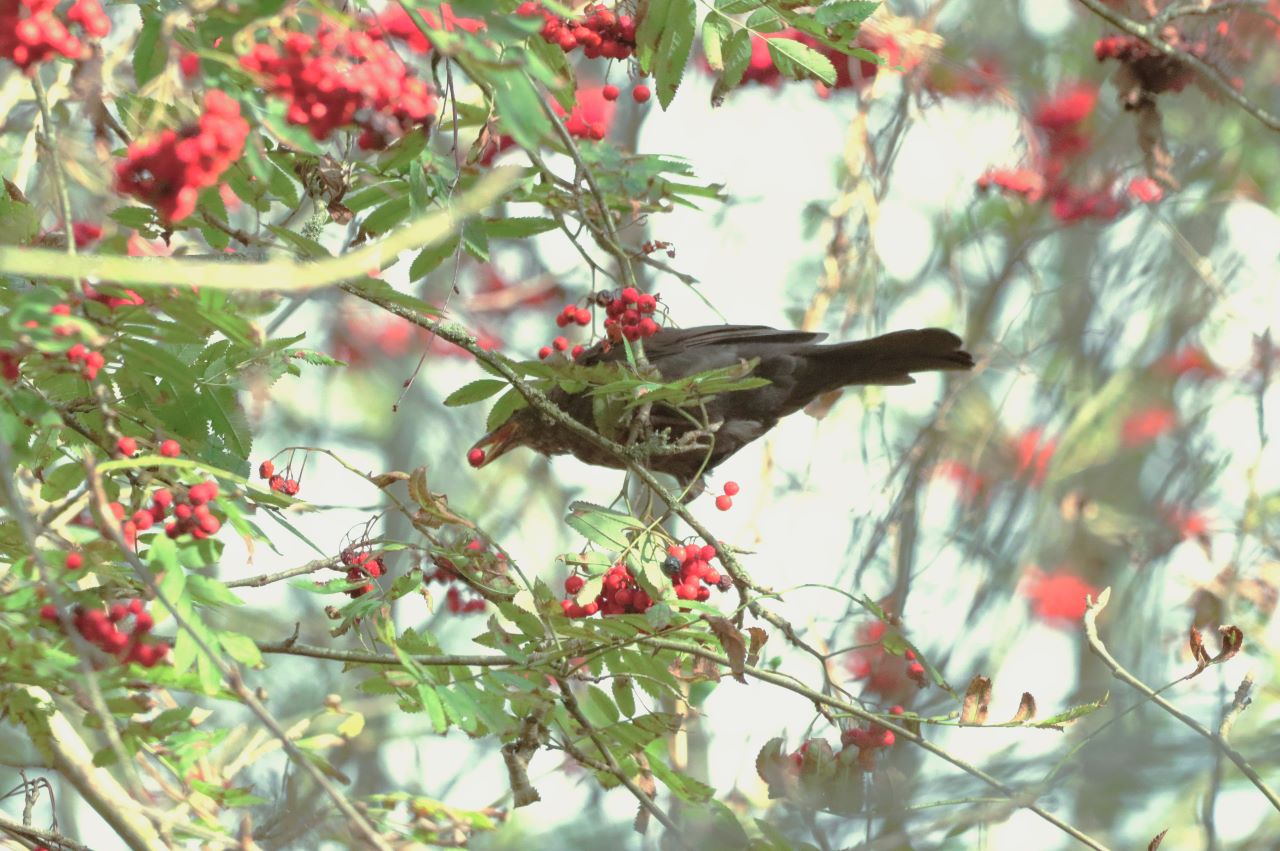
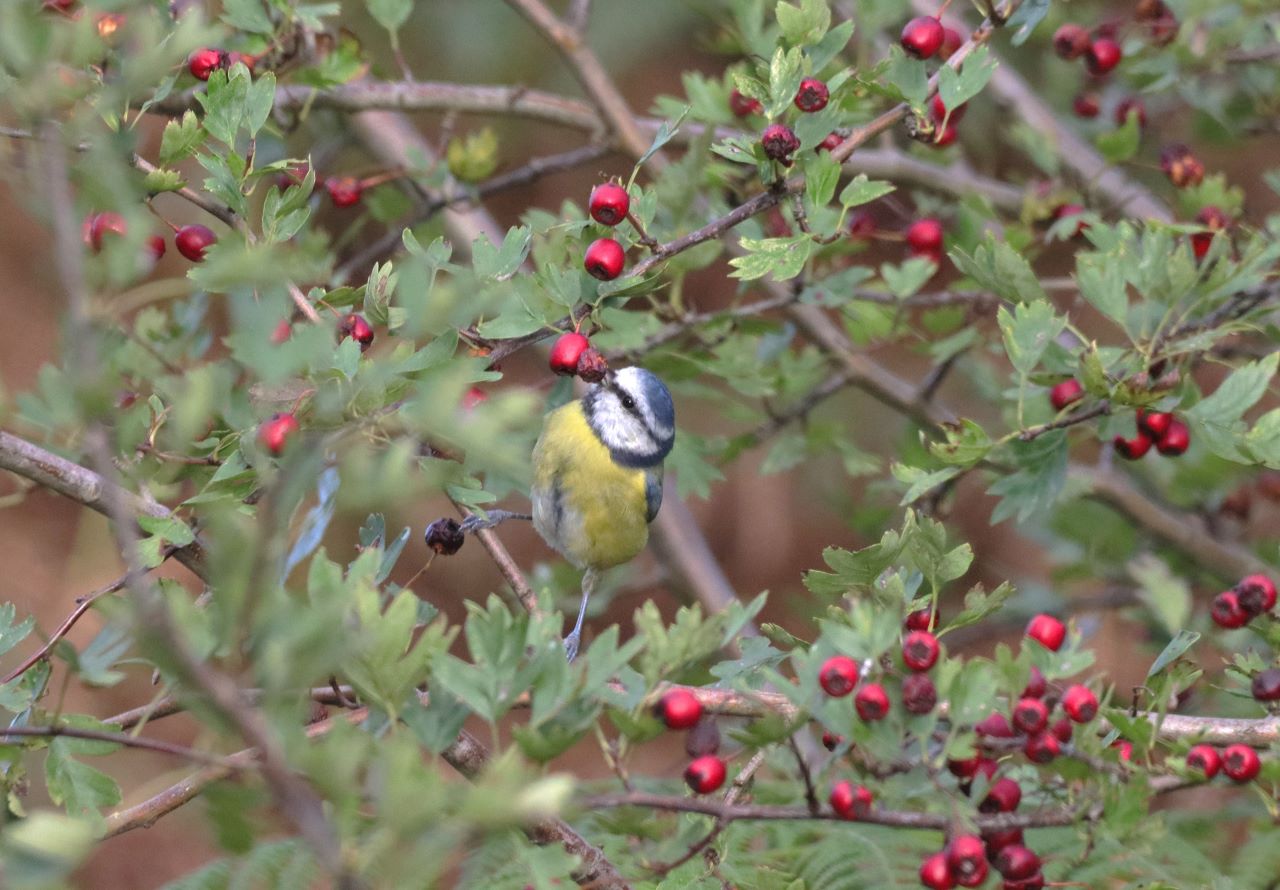
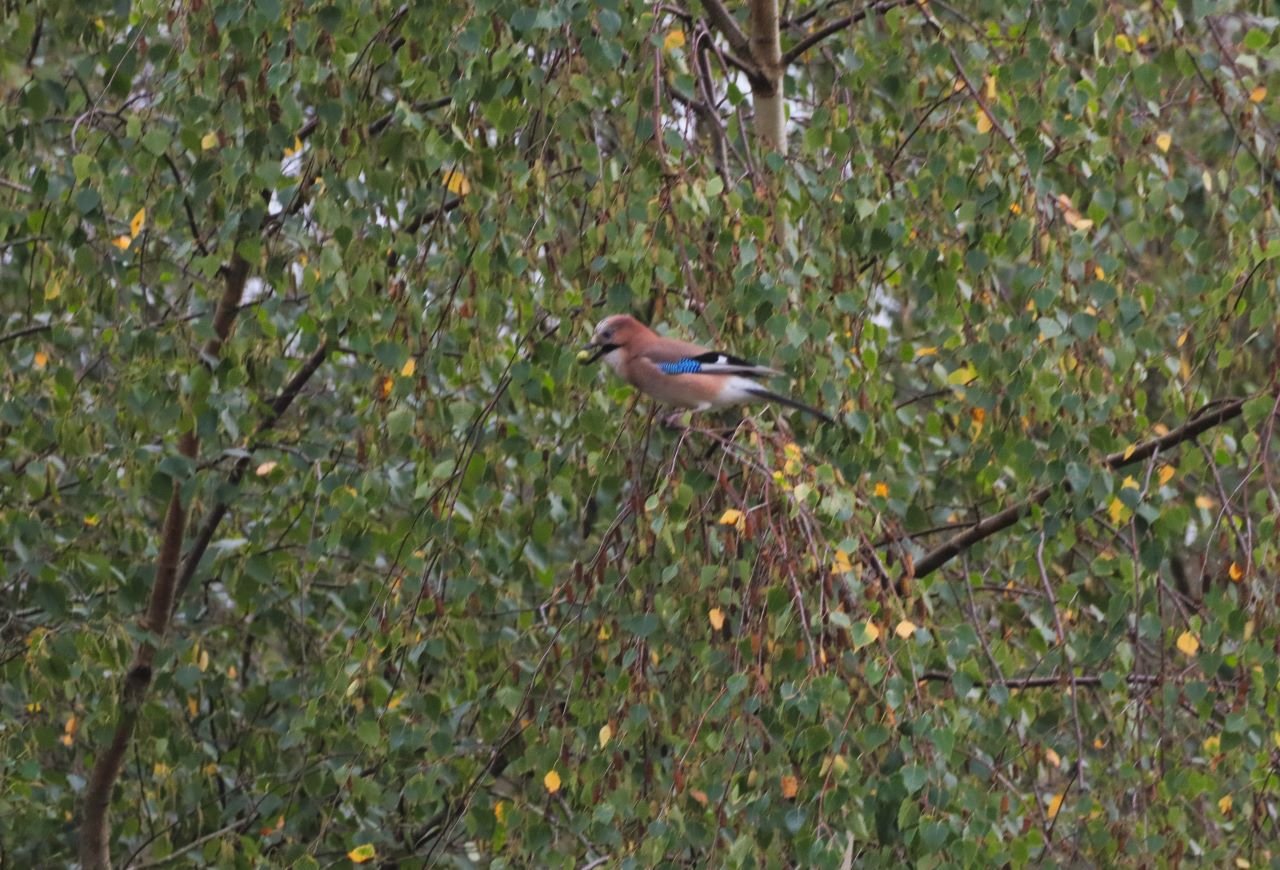




David and Sylvia Millett
October 22, 2023 at 2:49 pm
We love your photos. Do keep them coming.
The picture of the jay is marvellous.